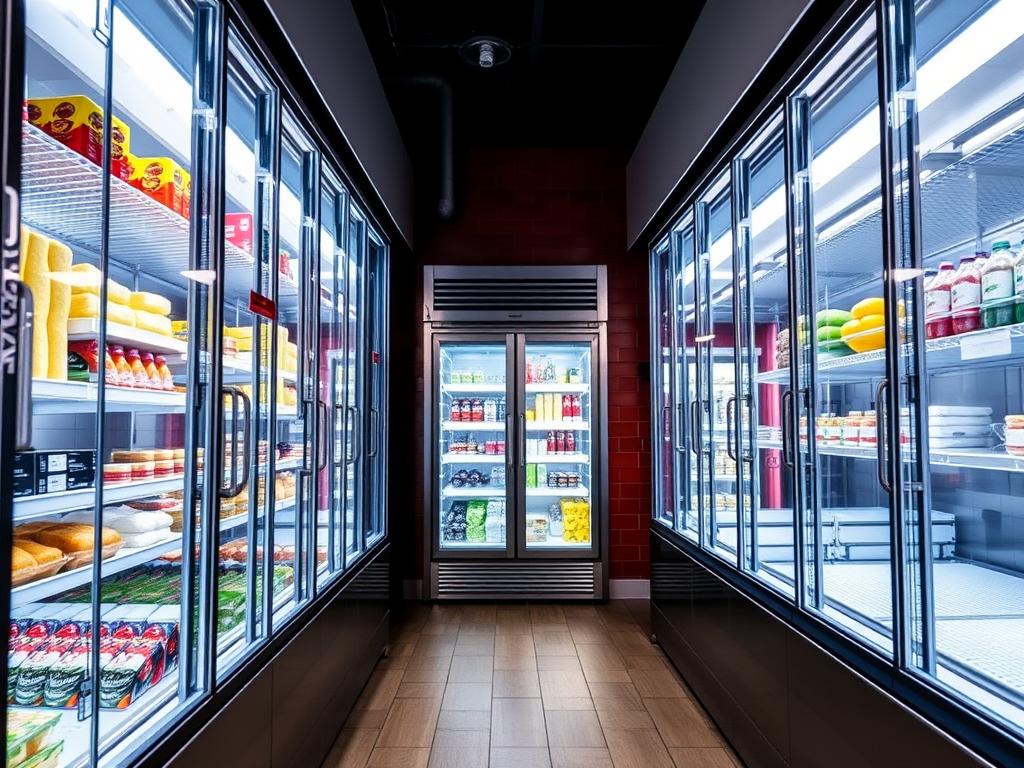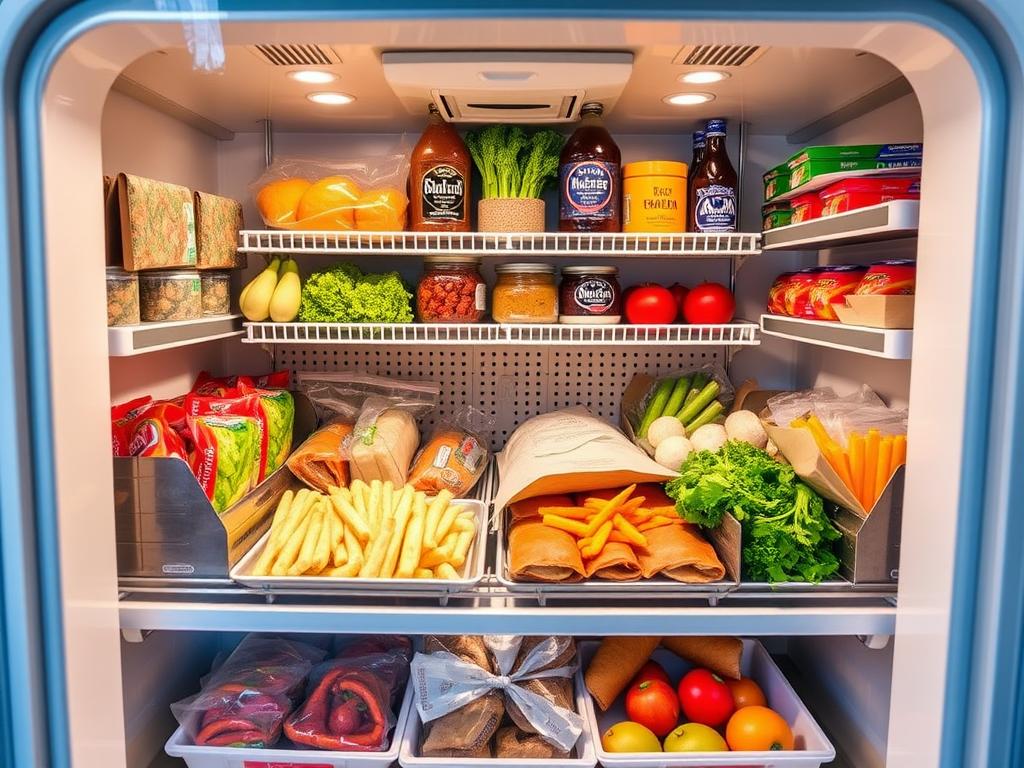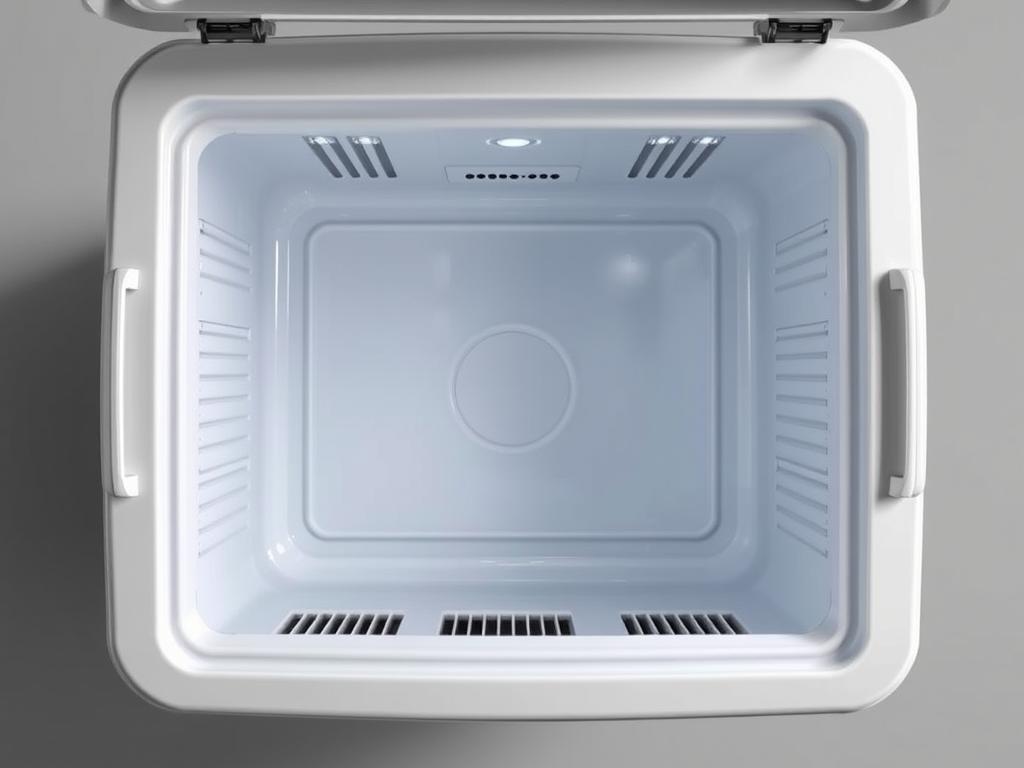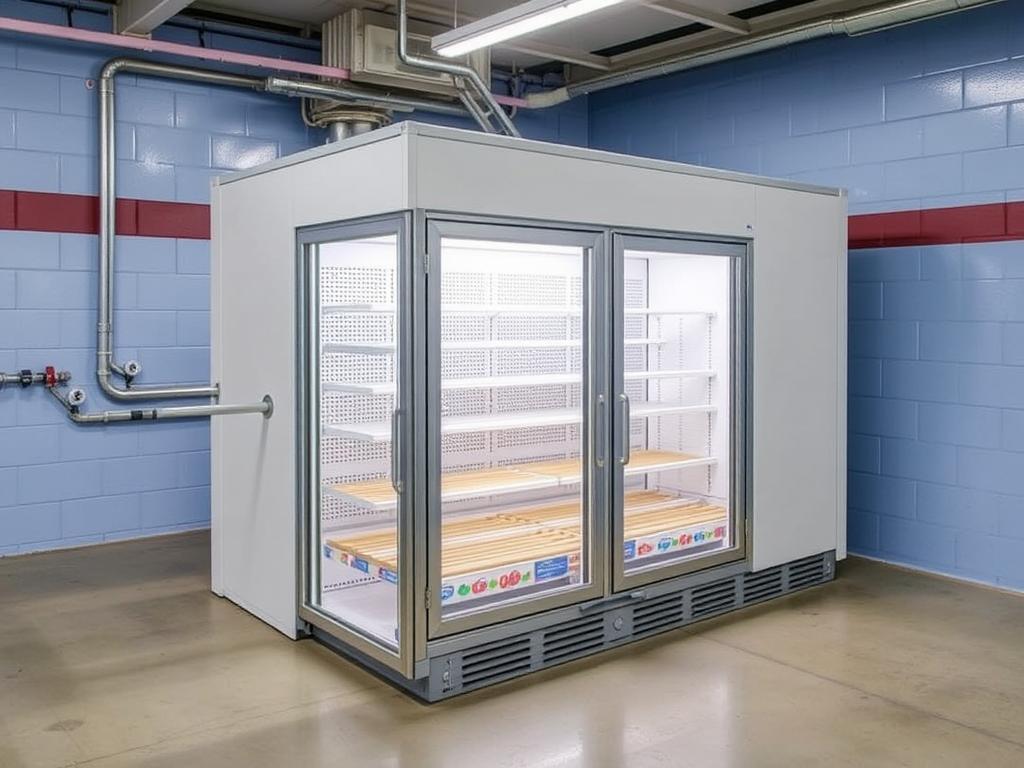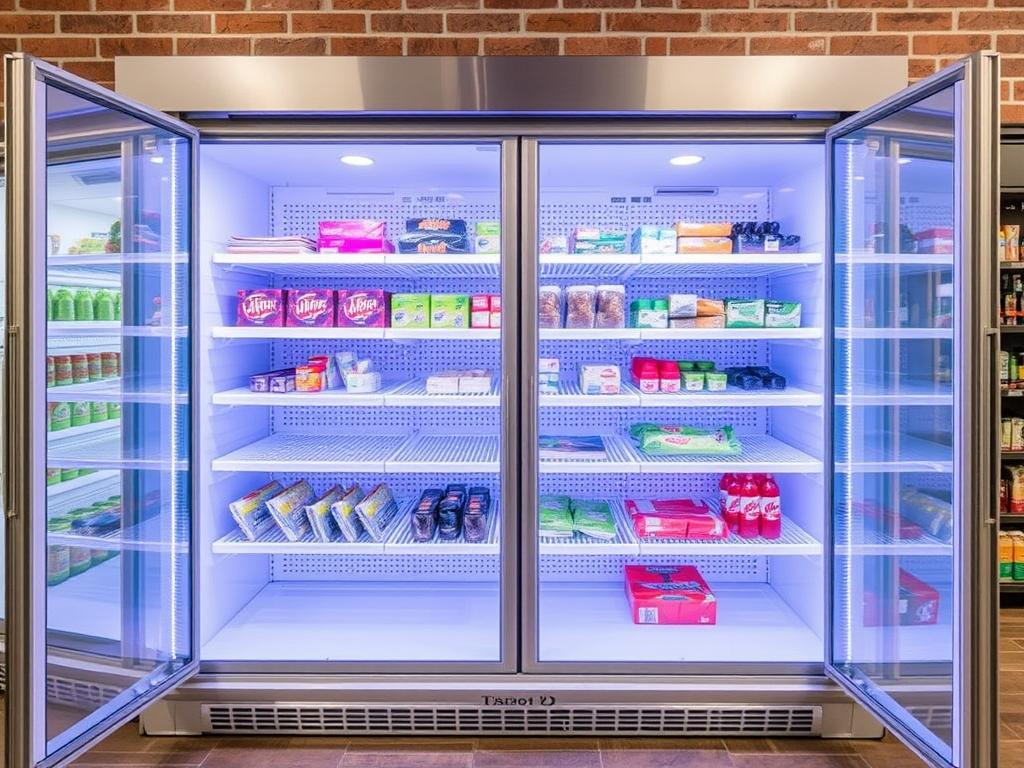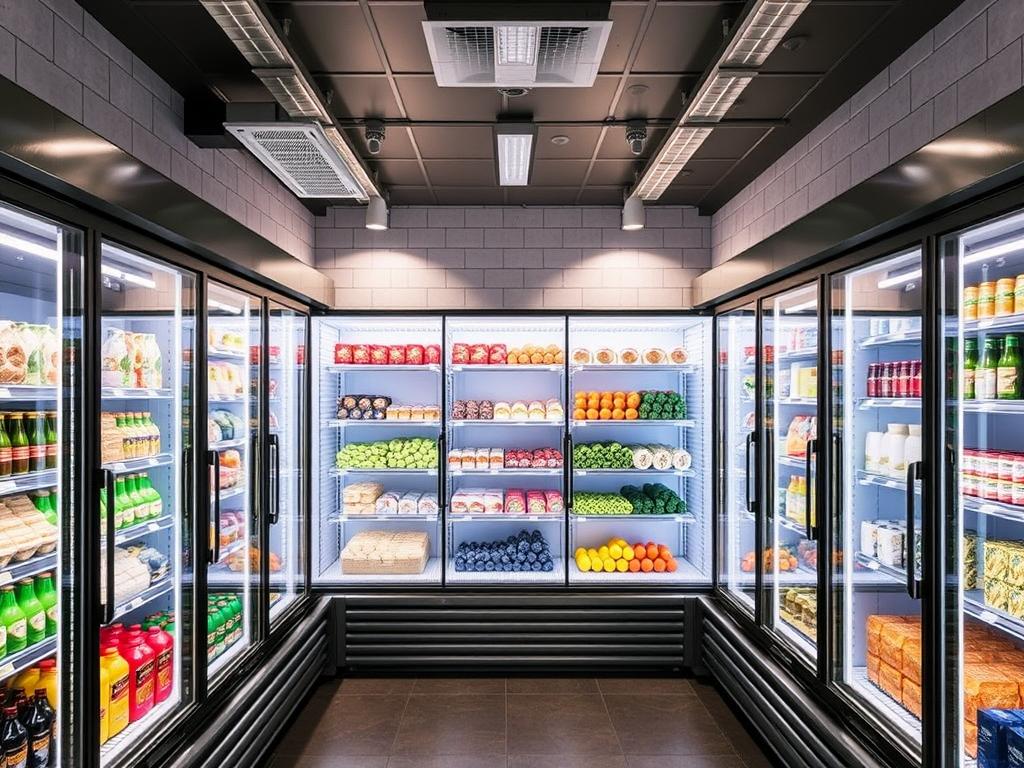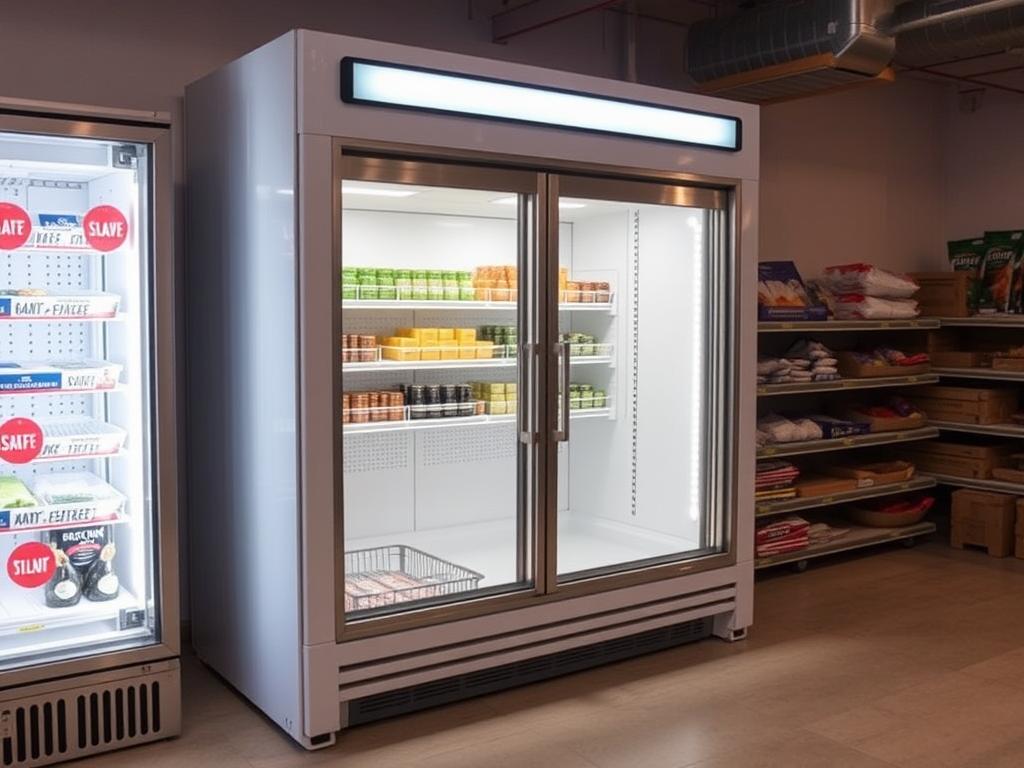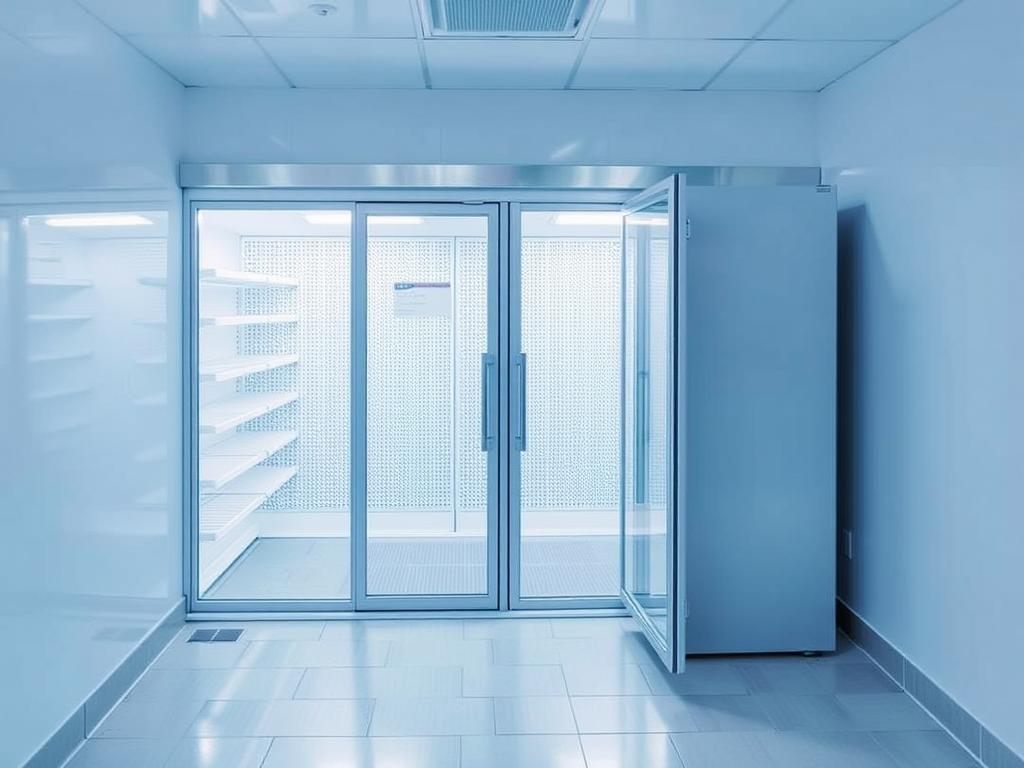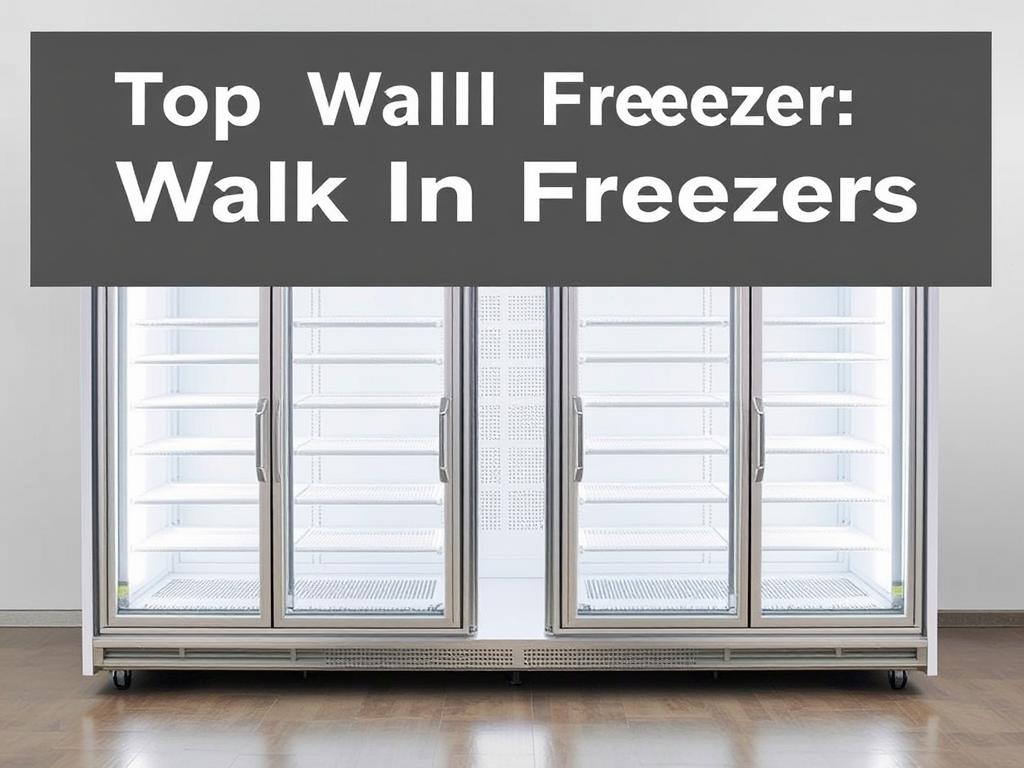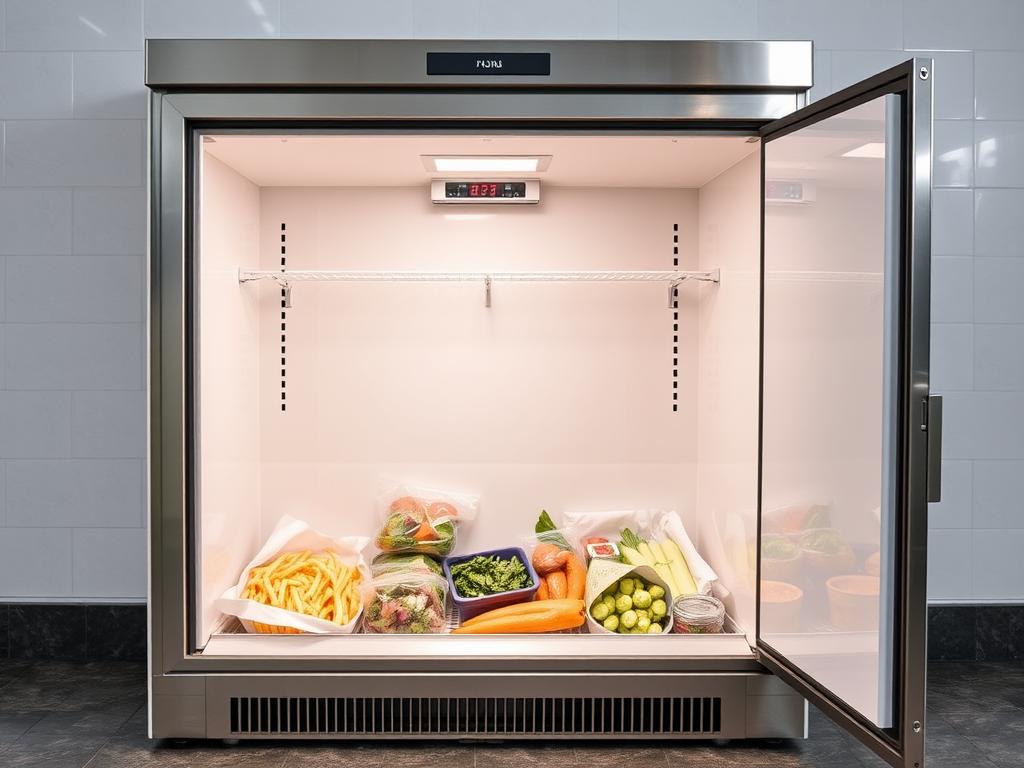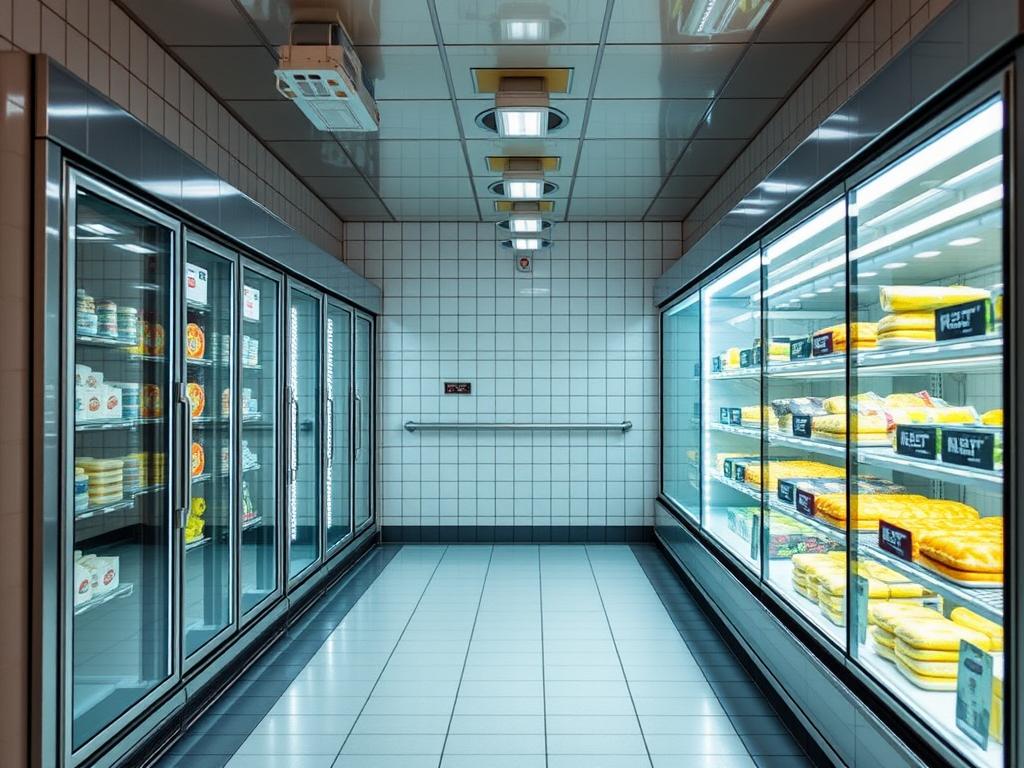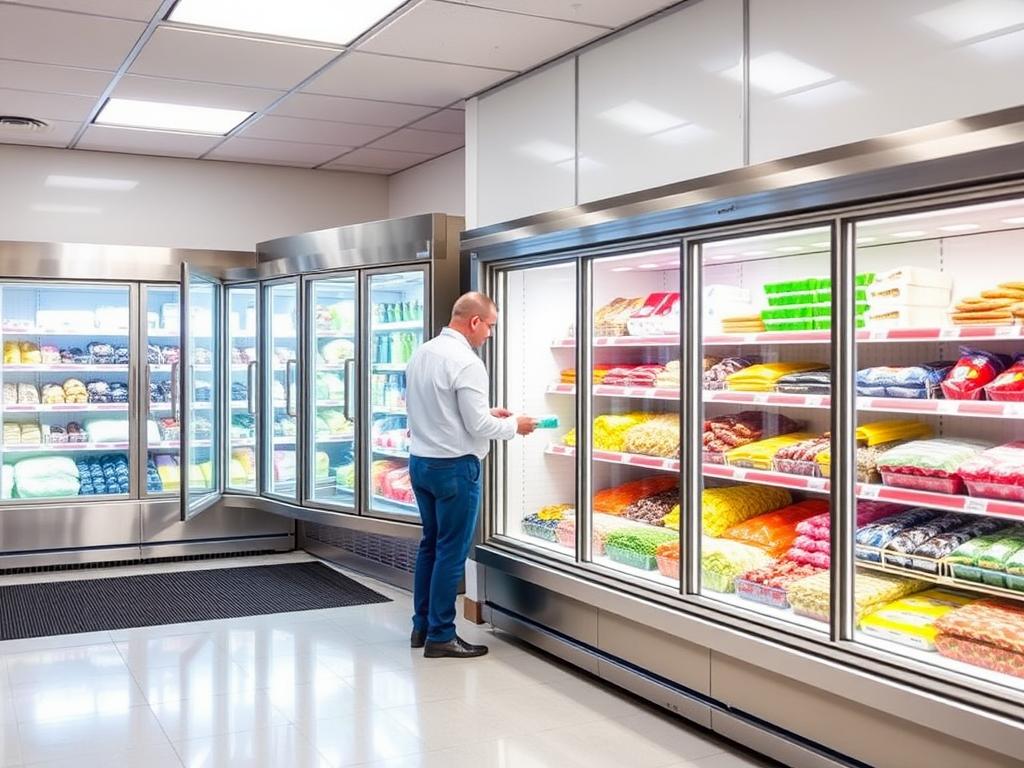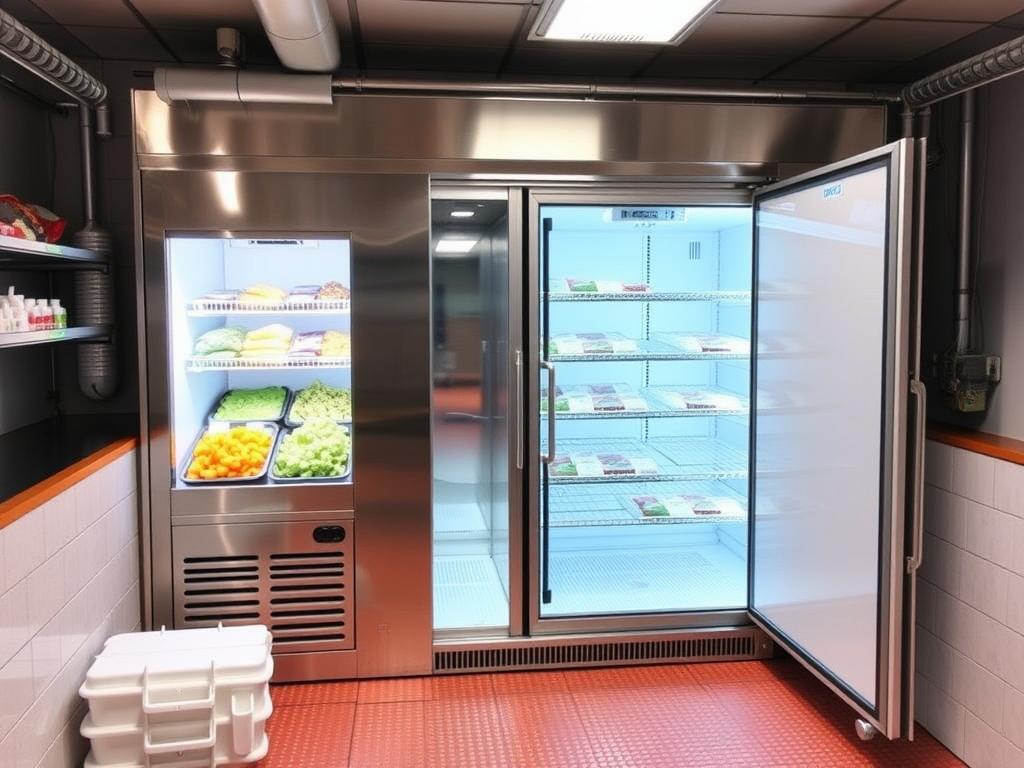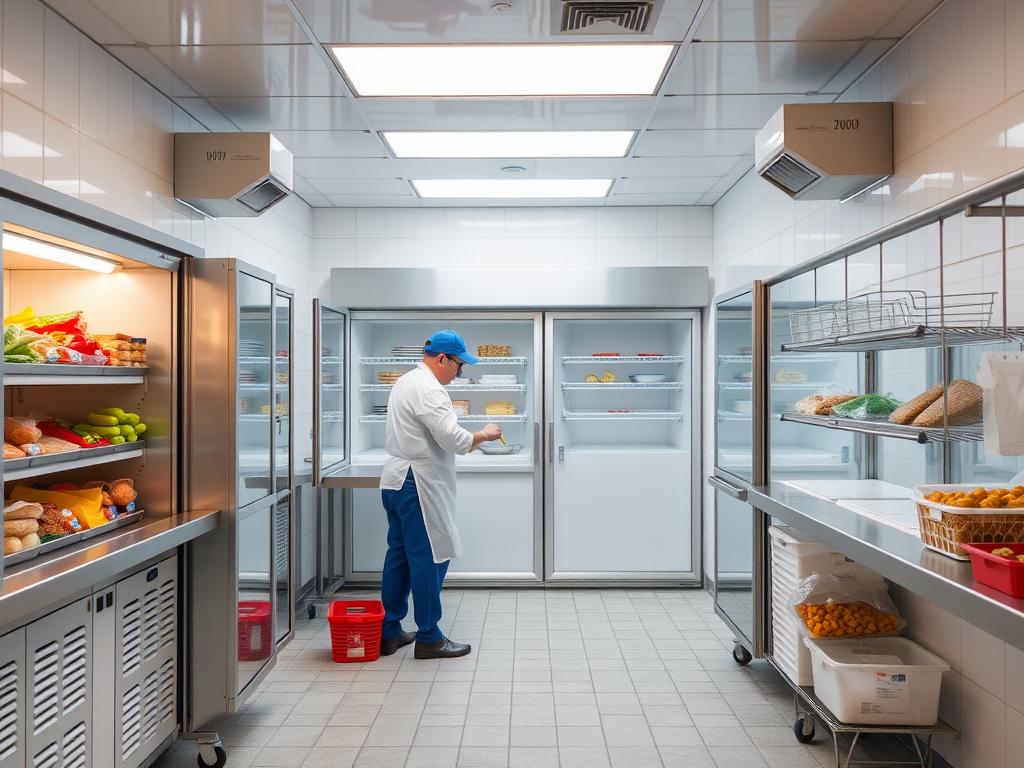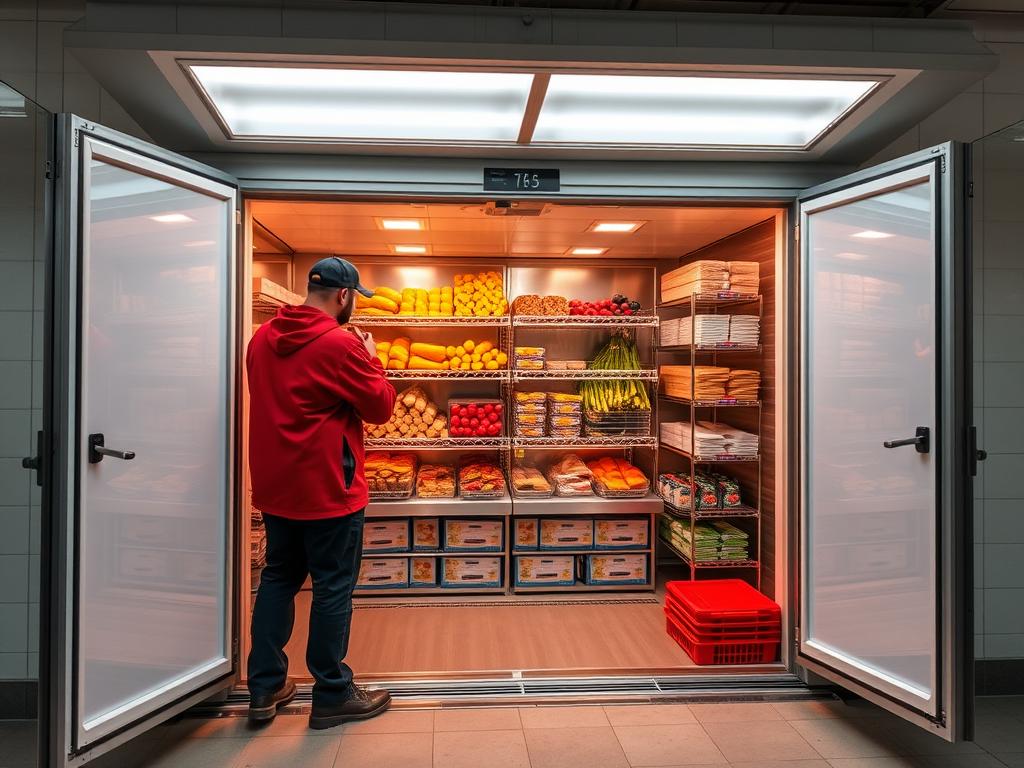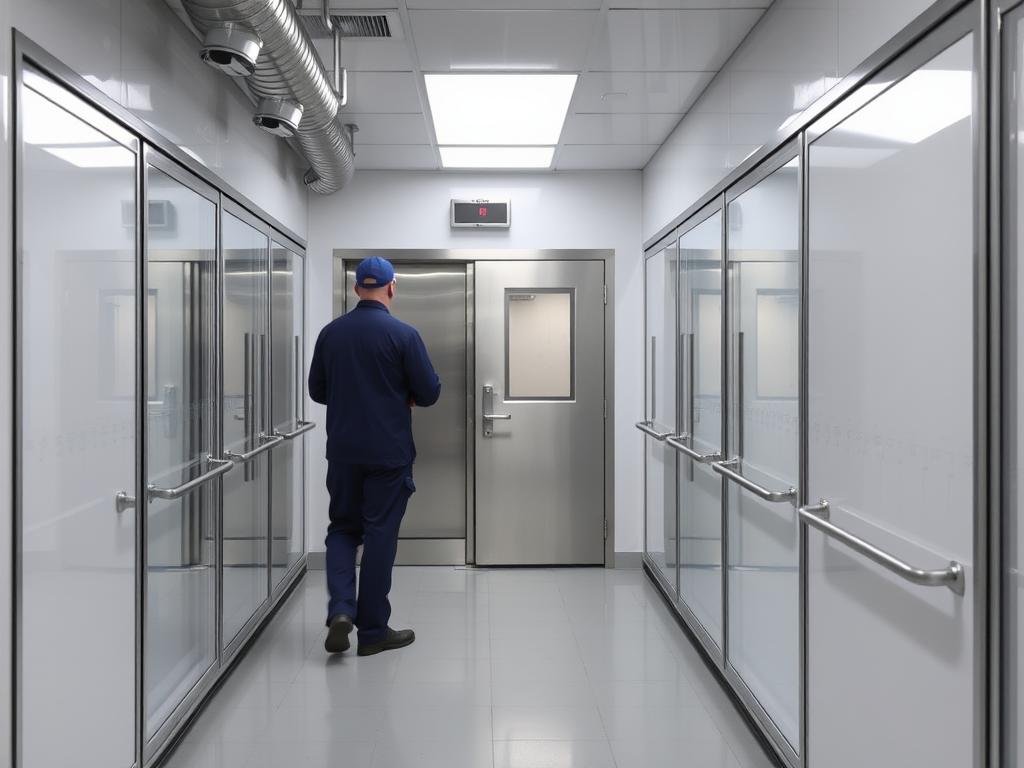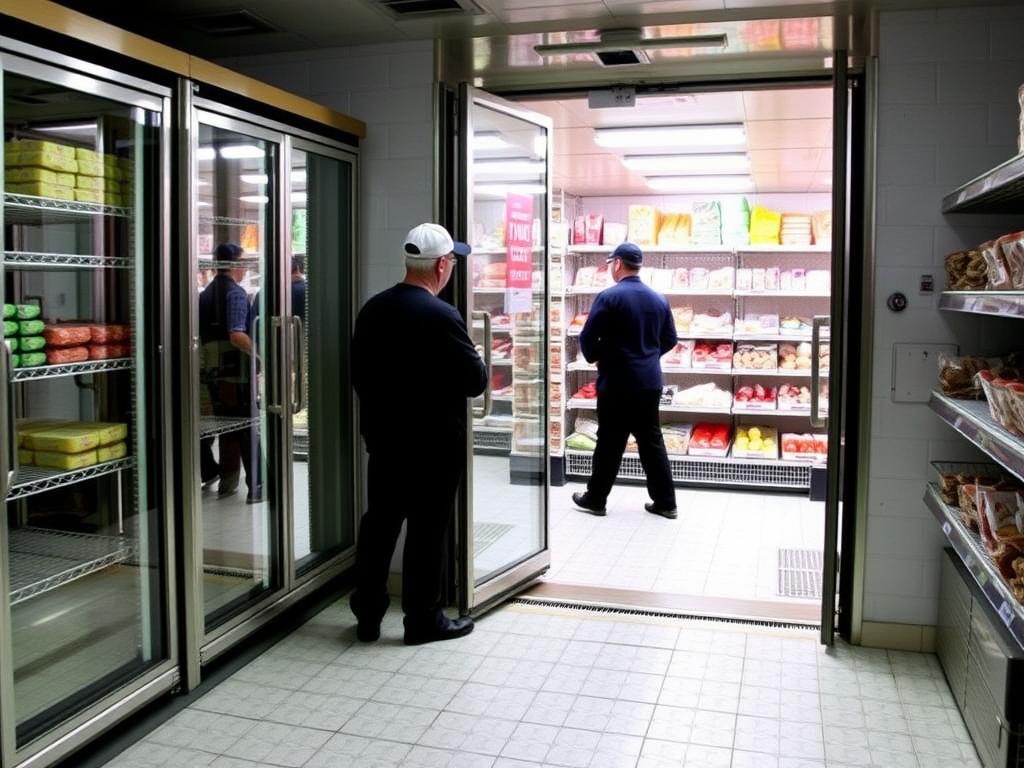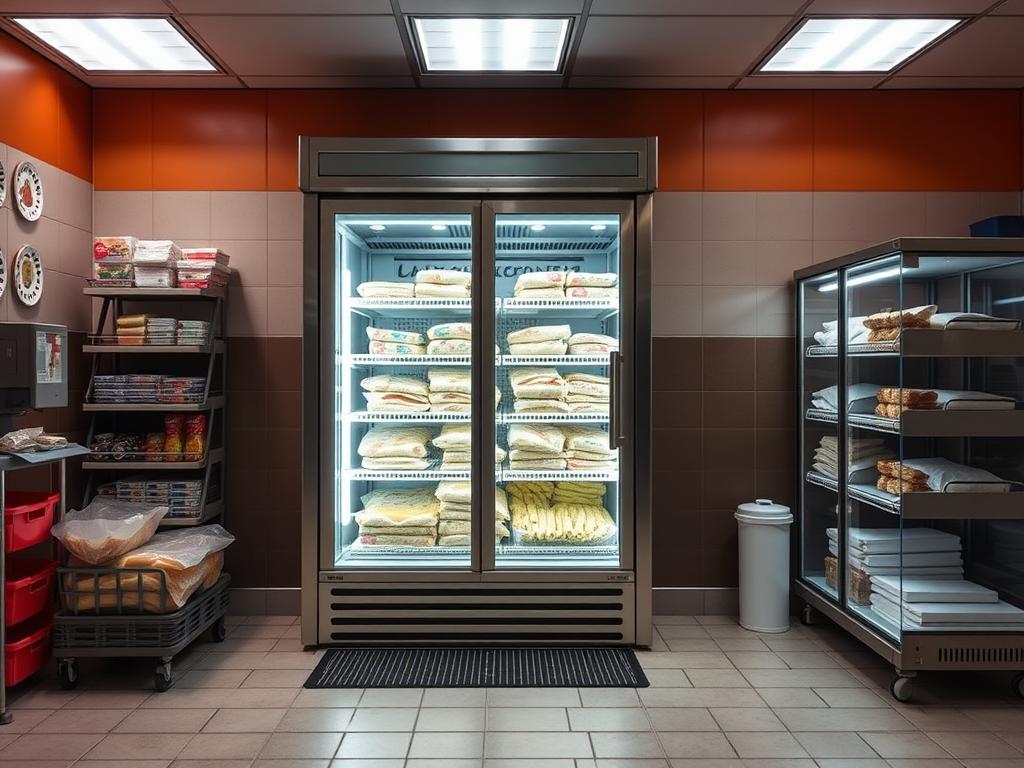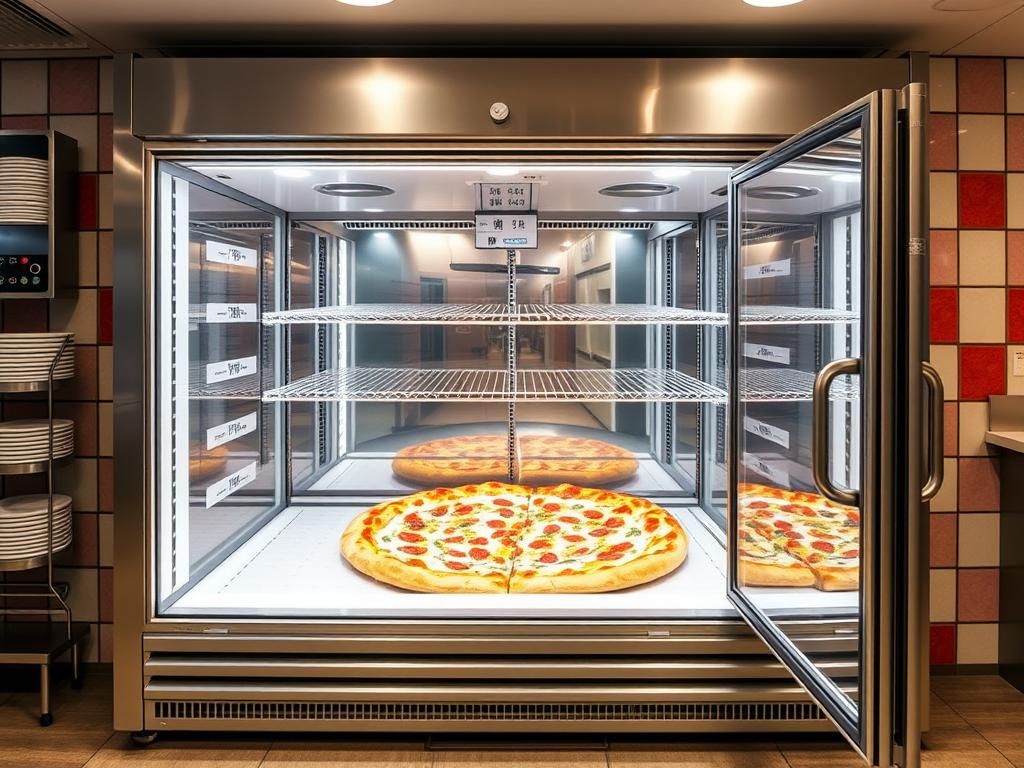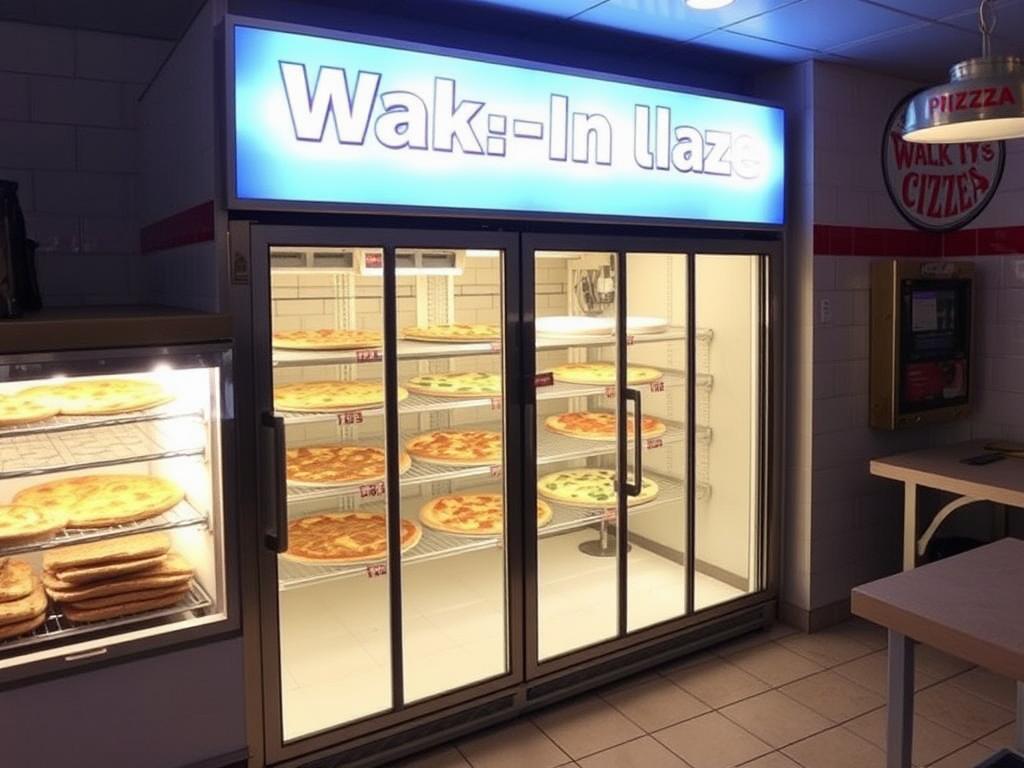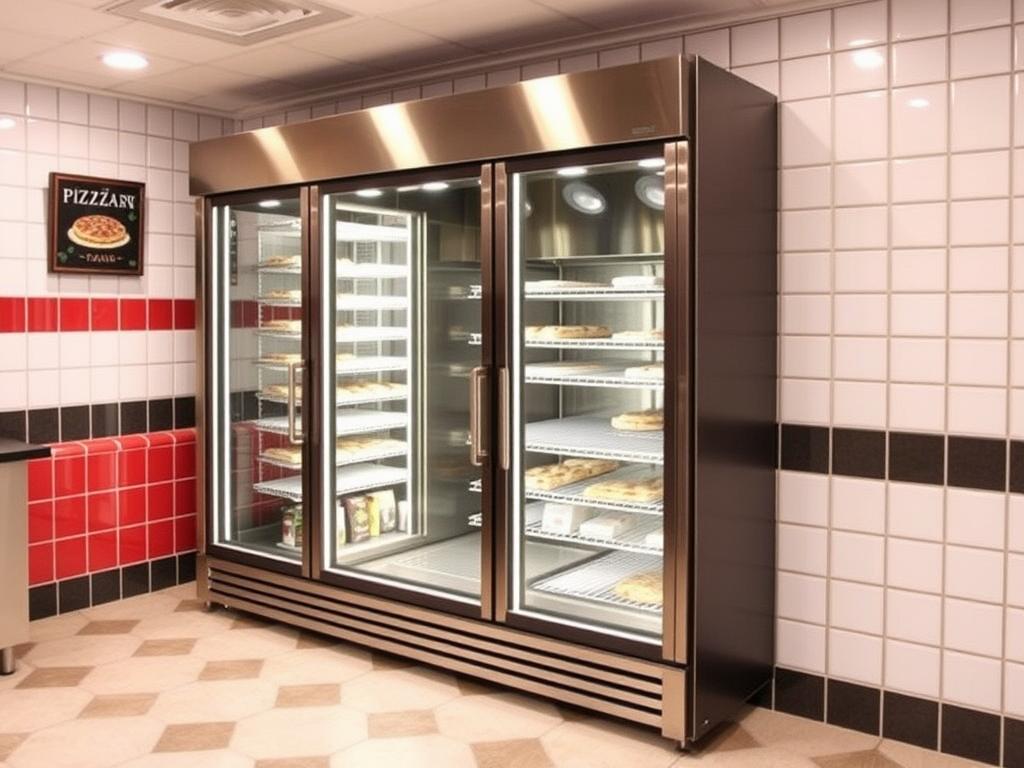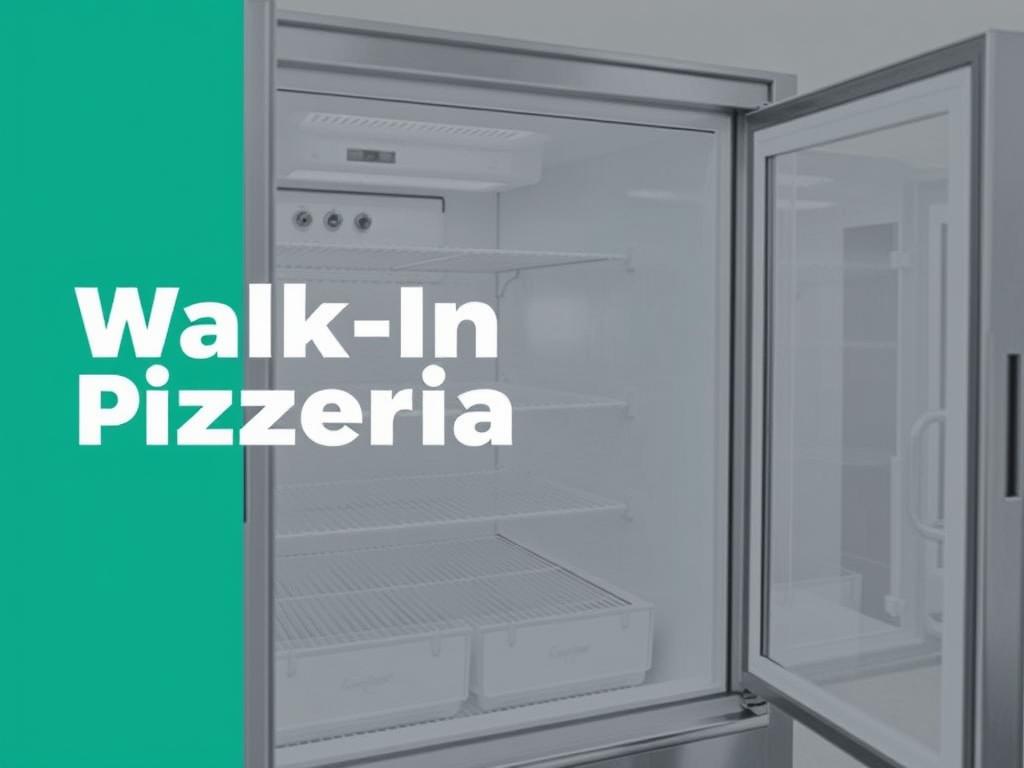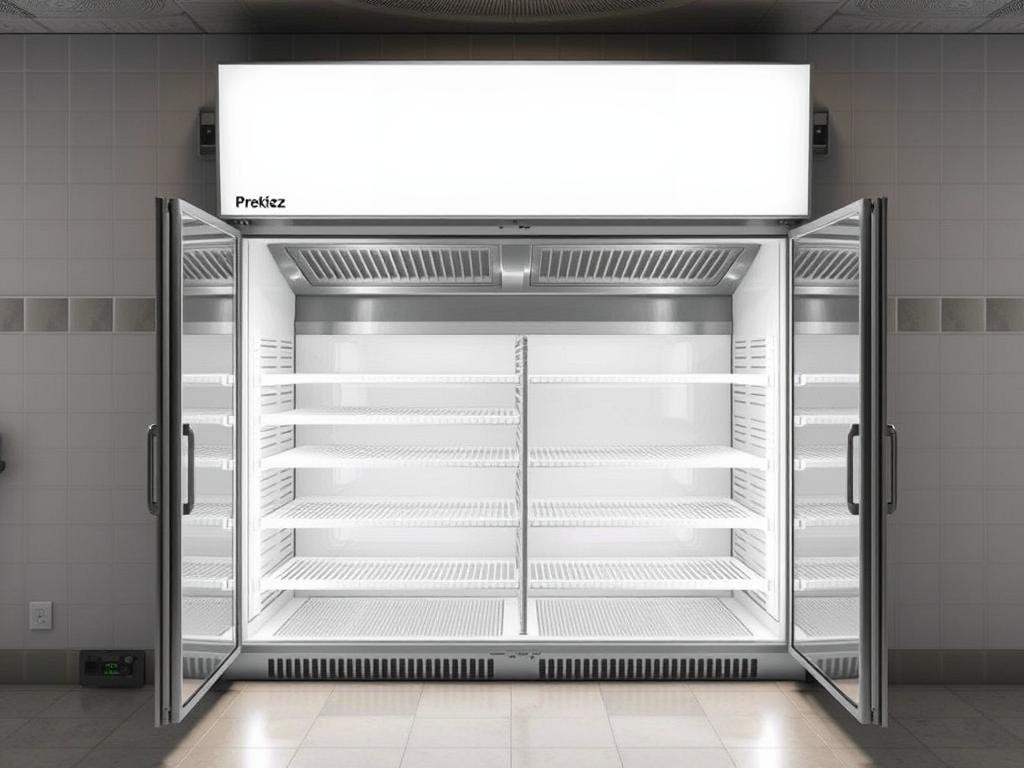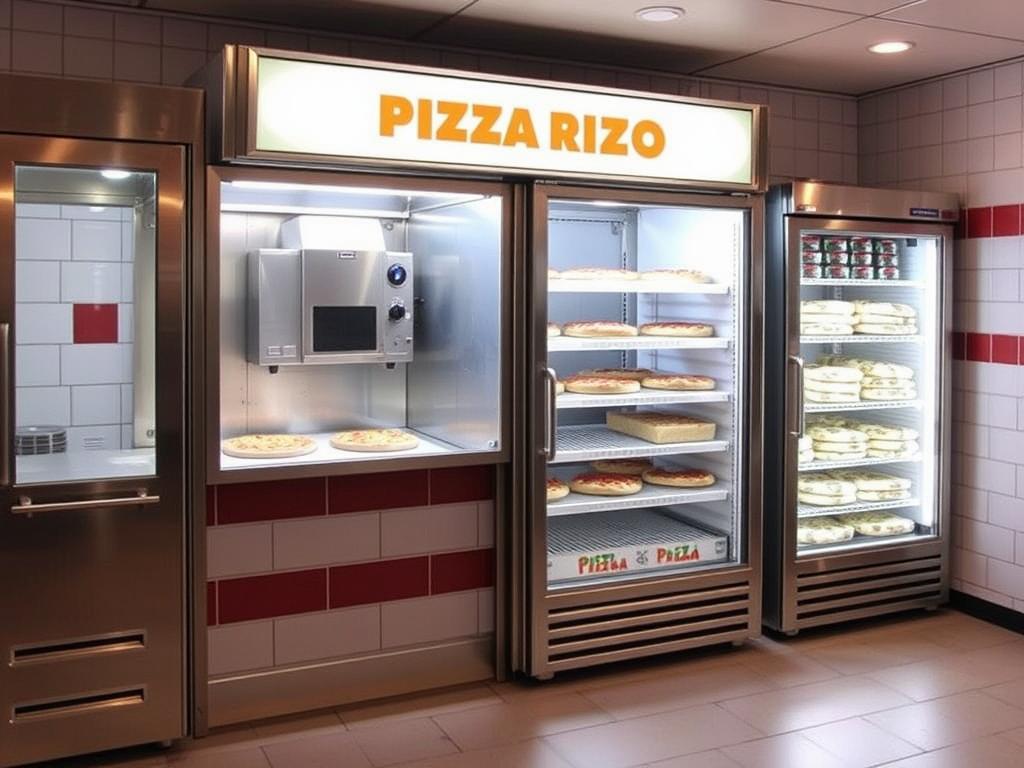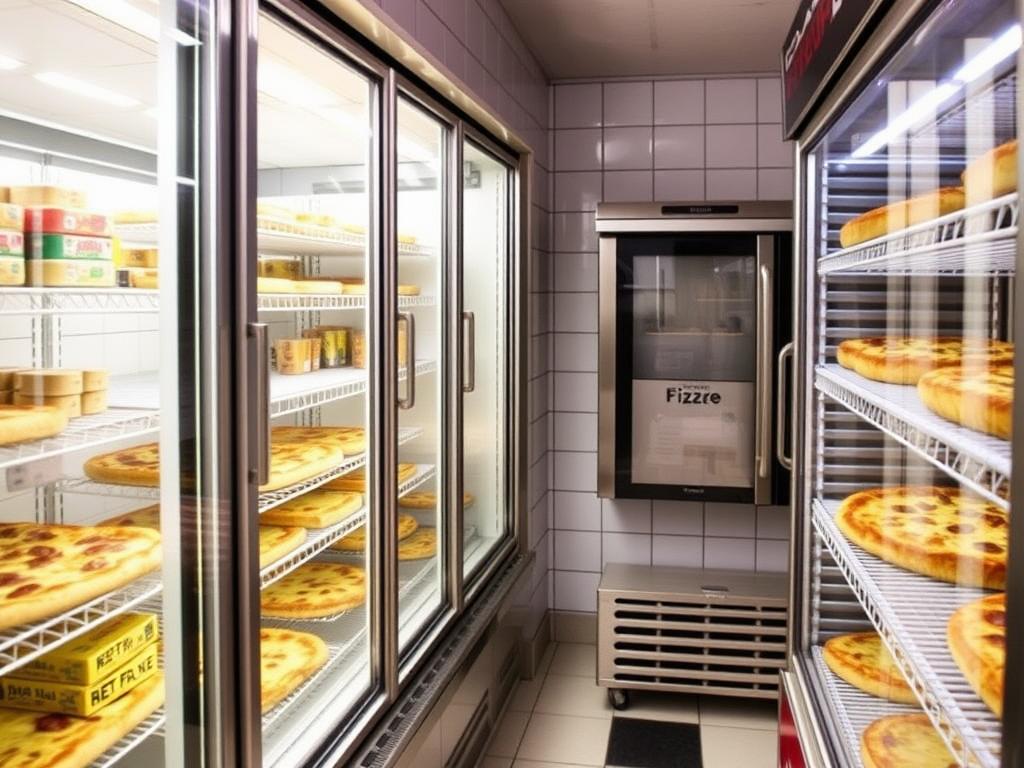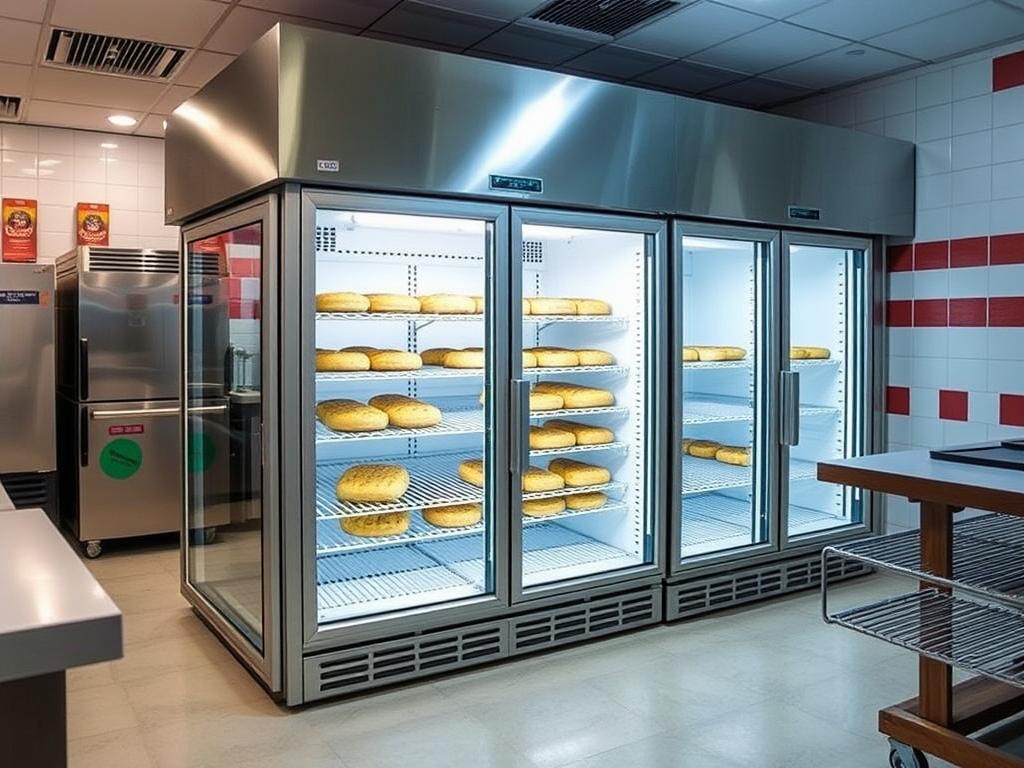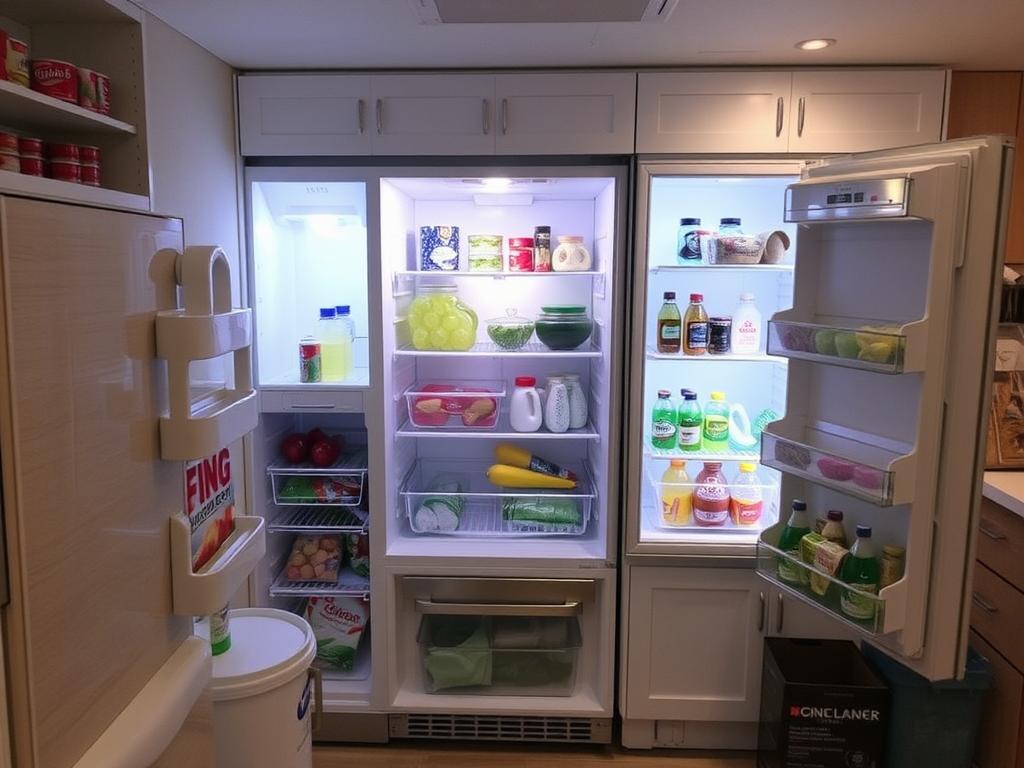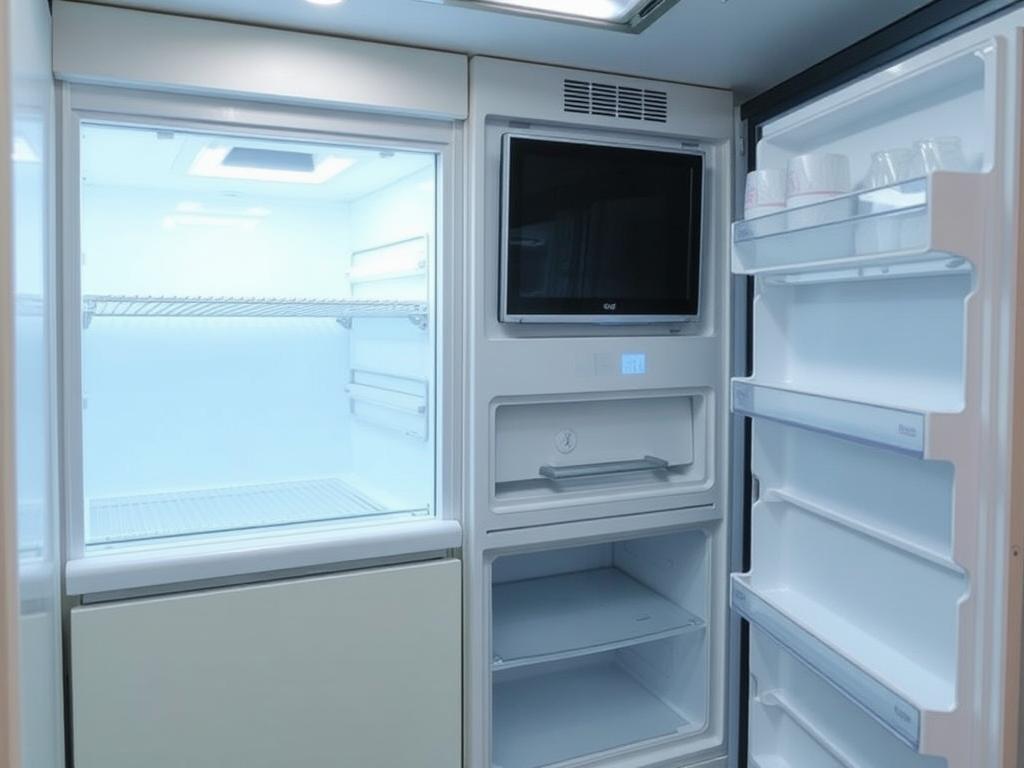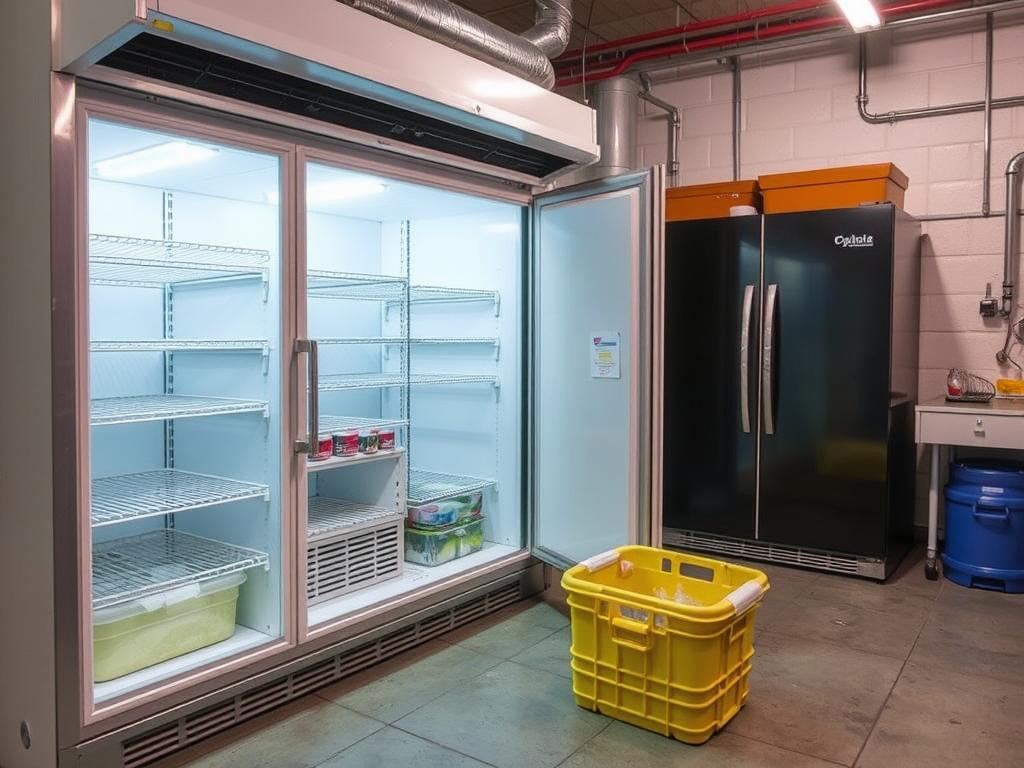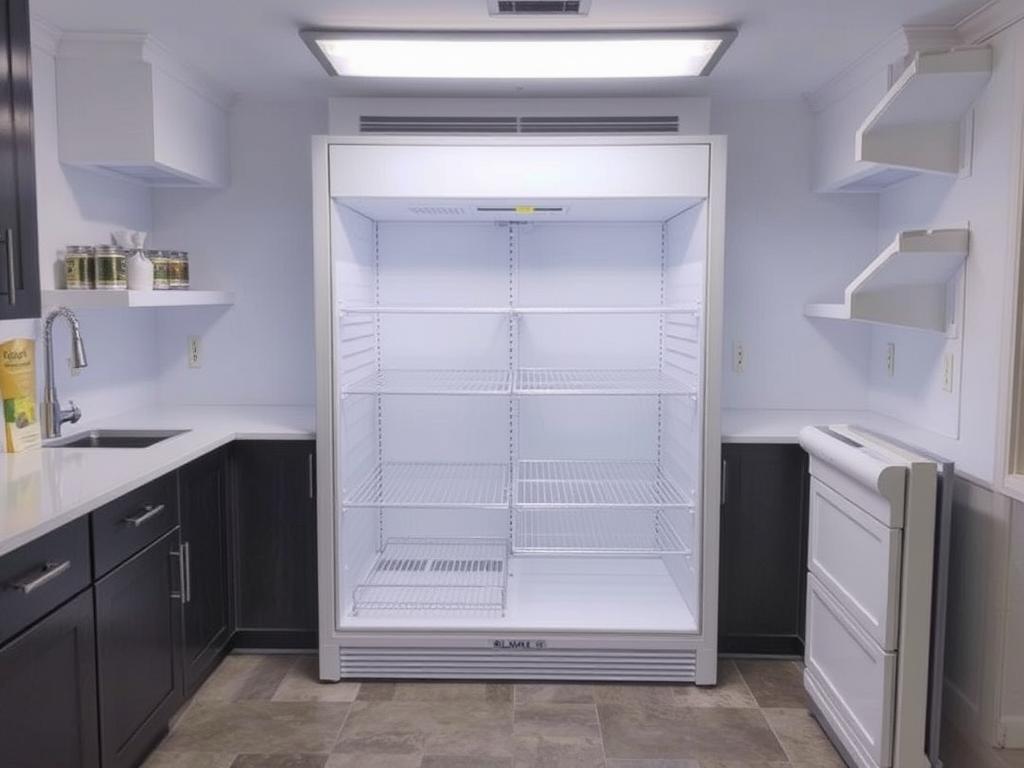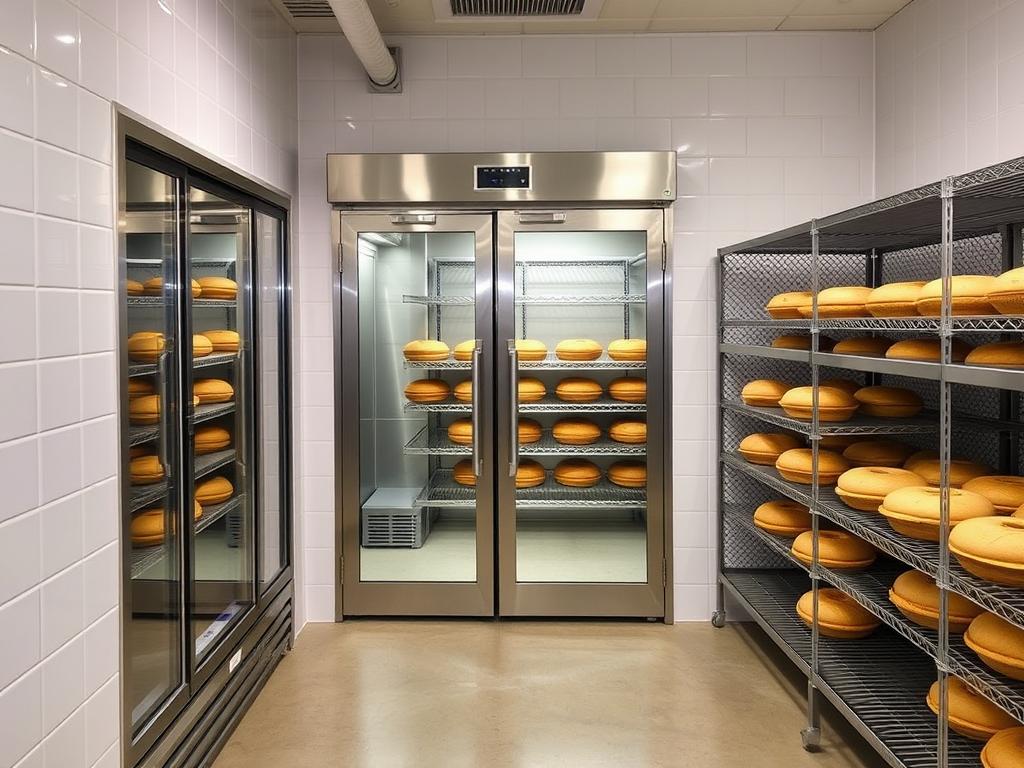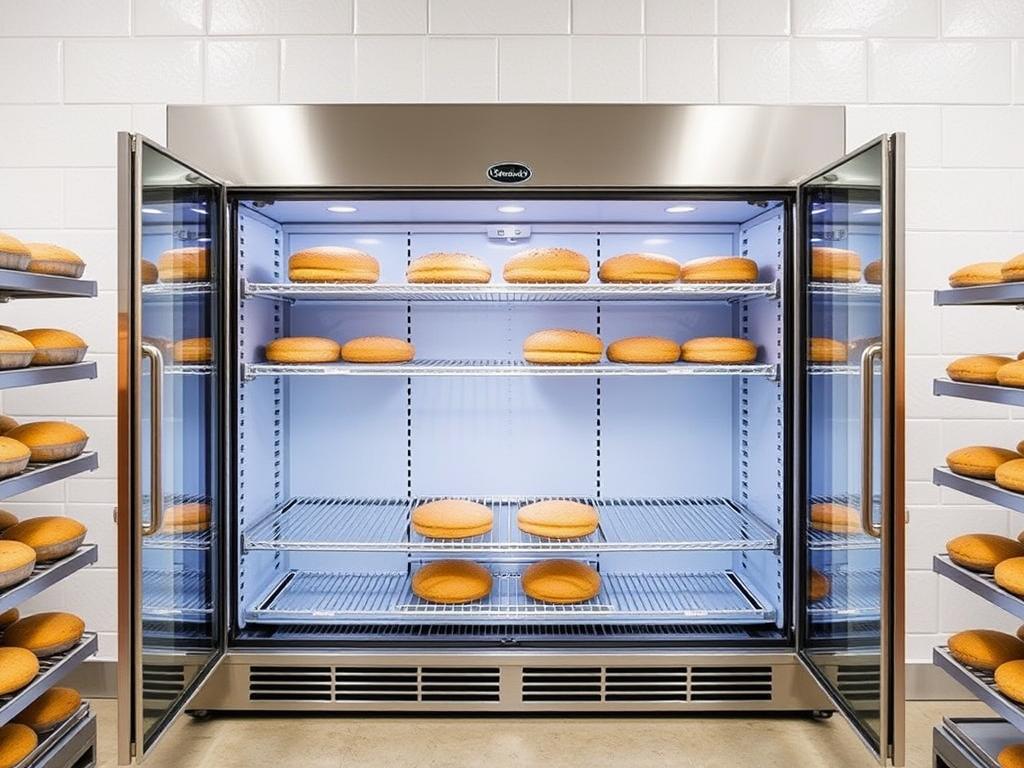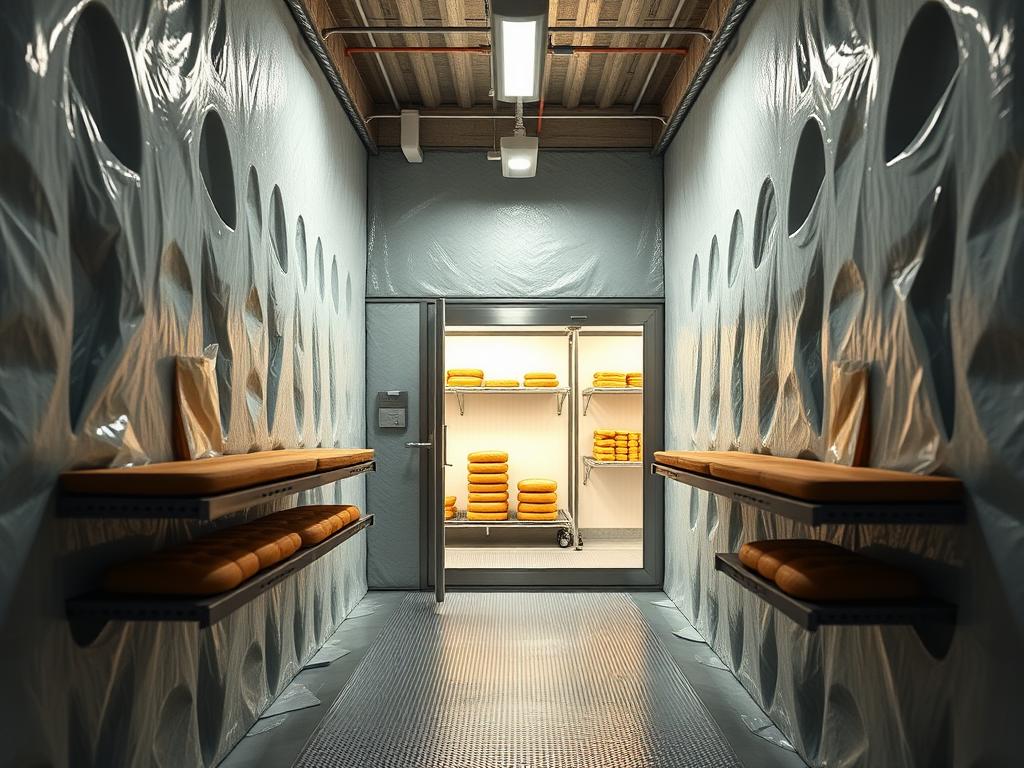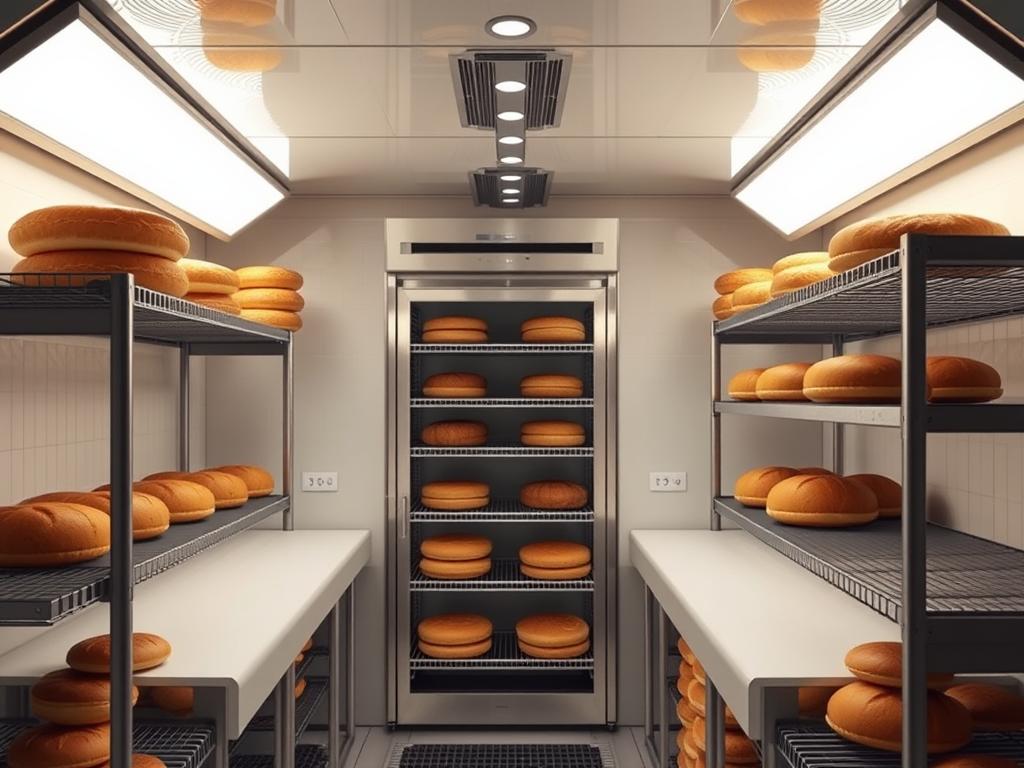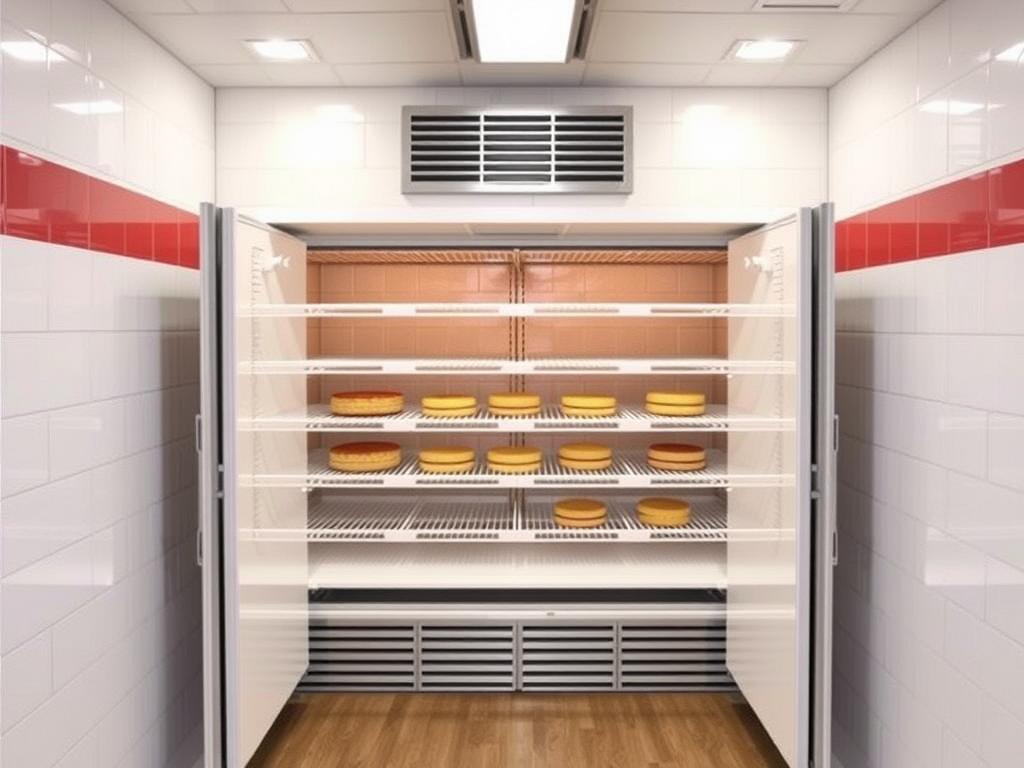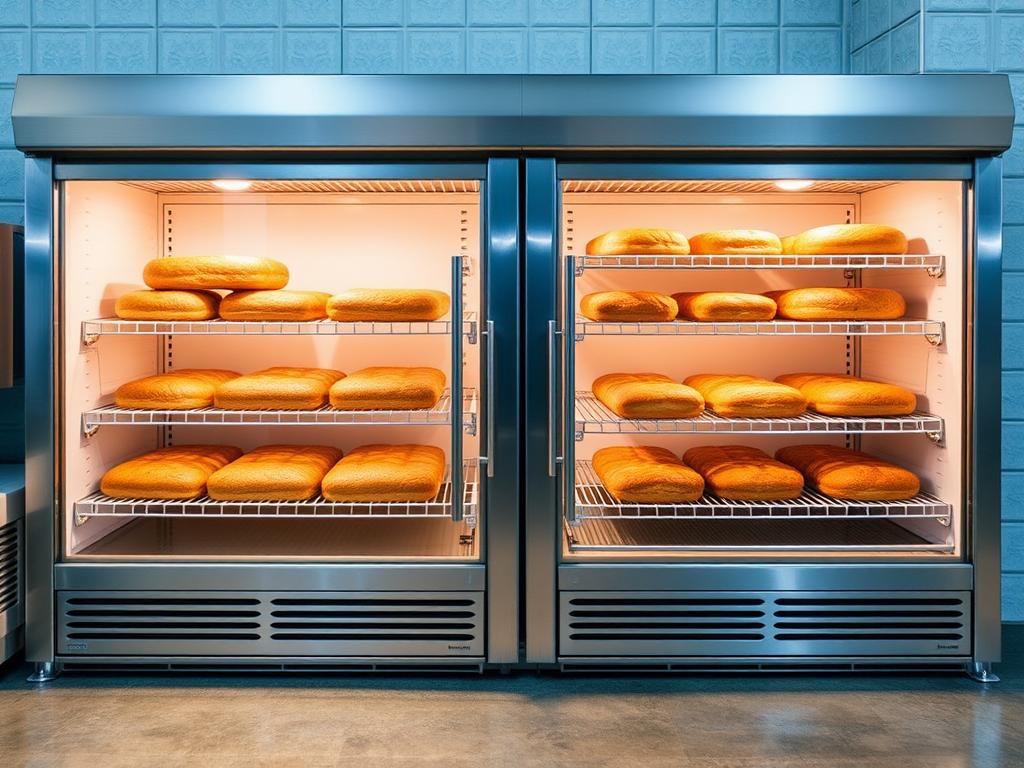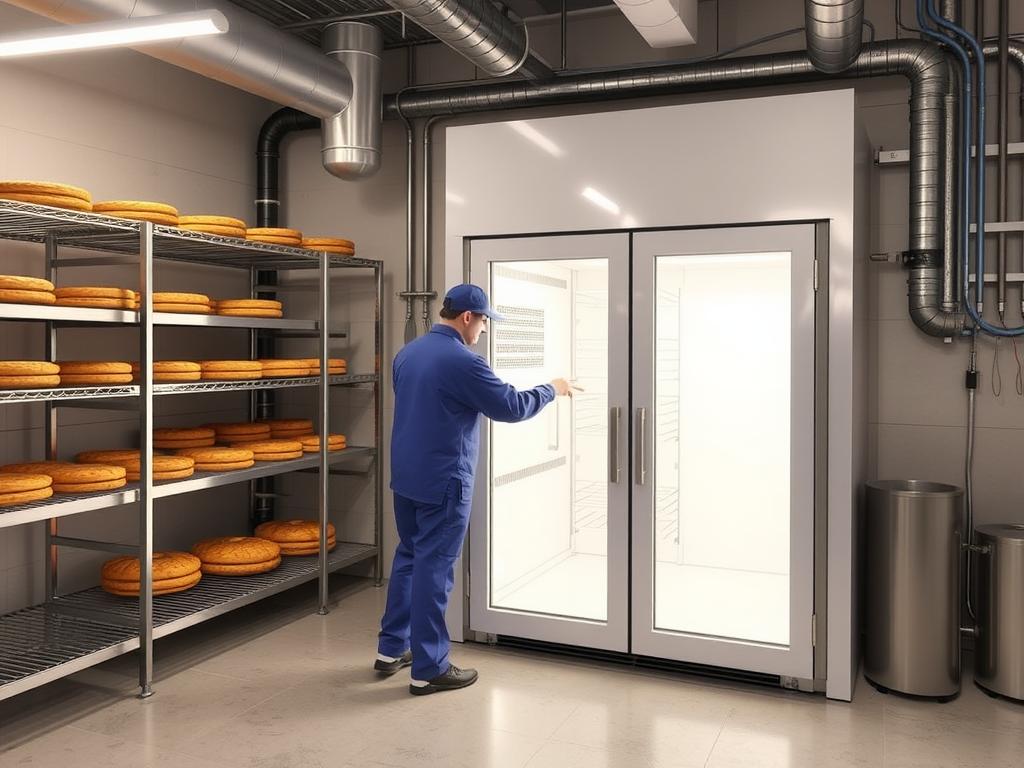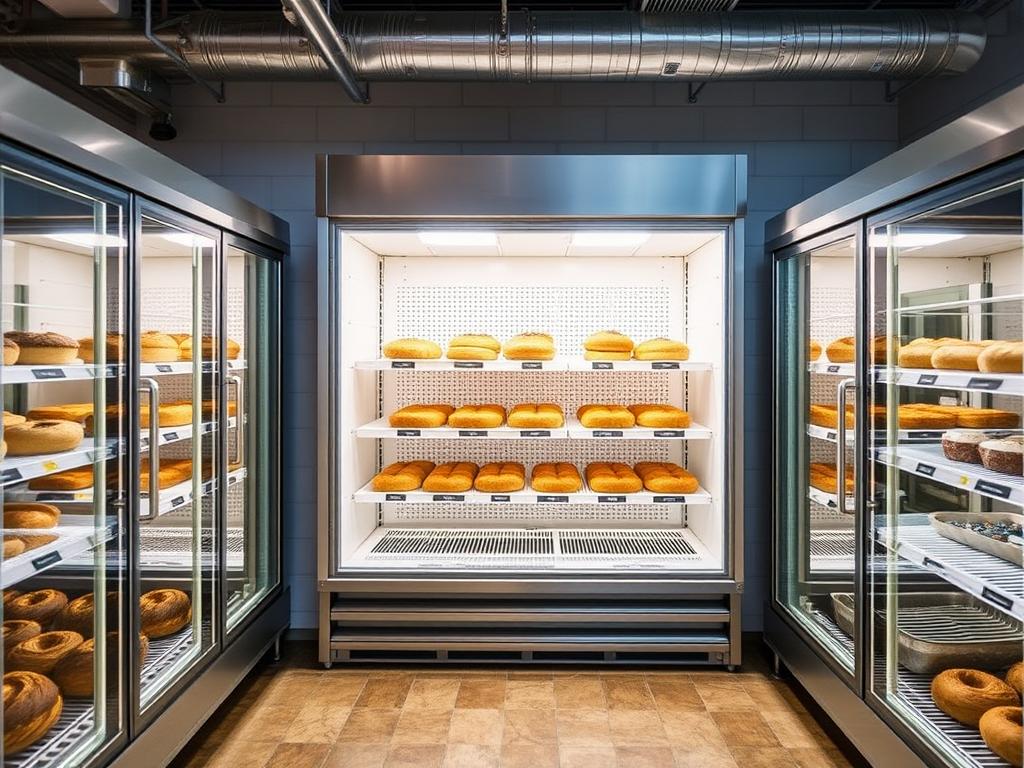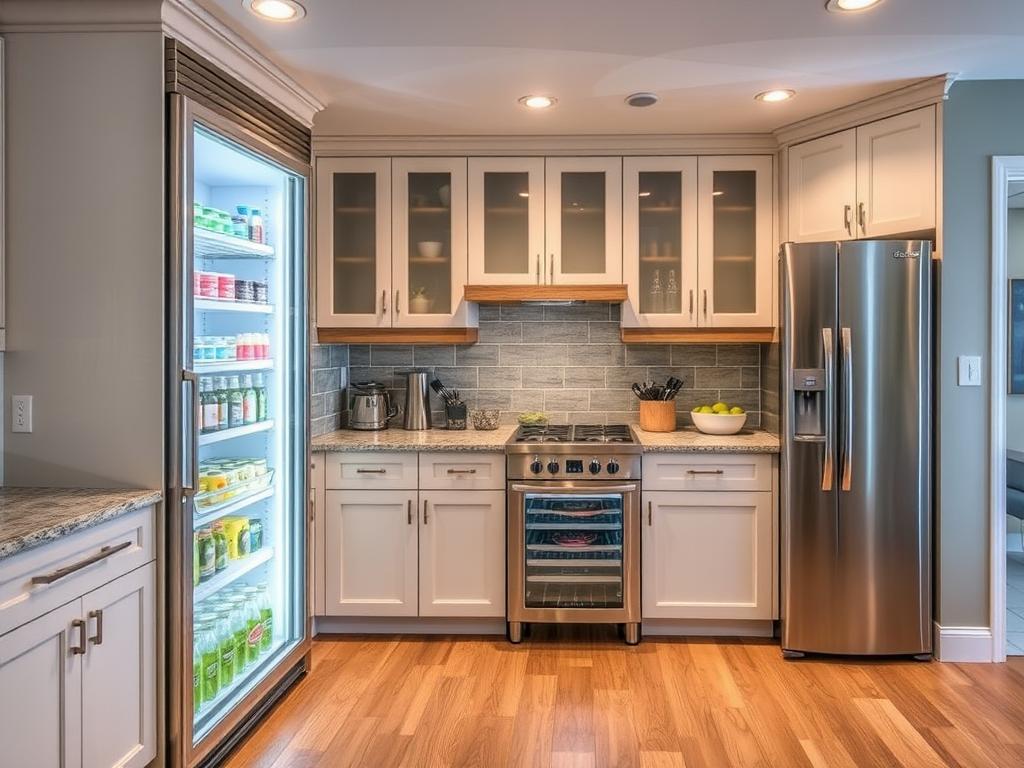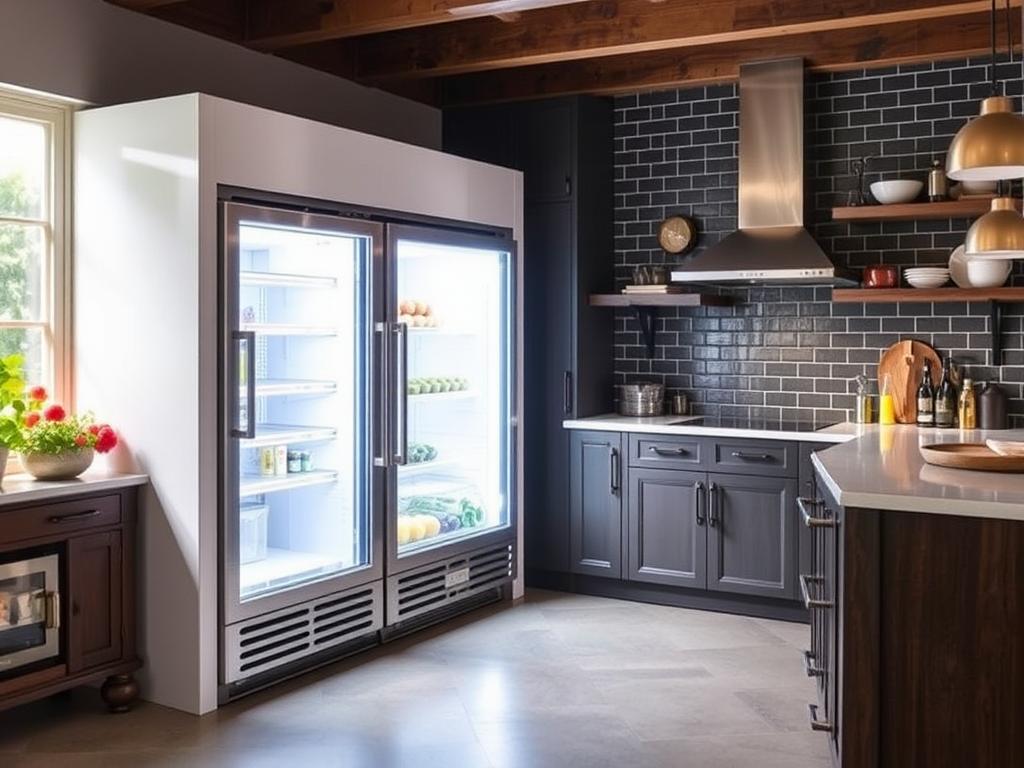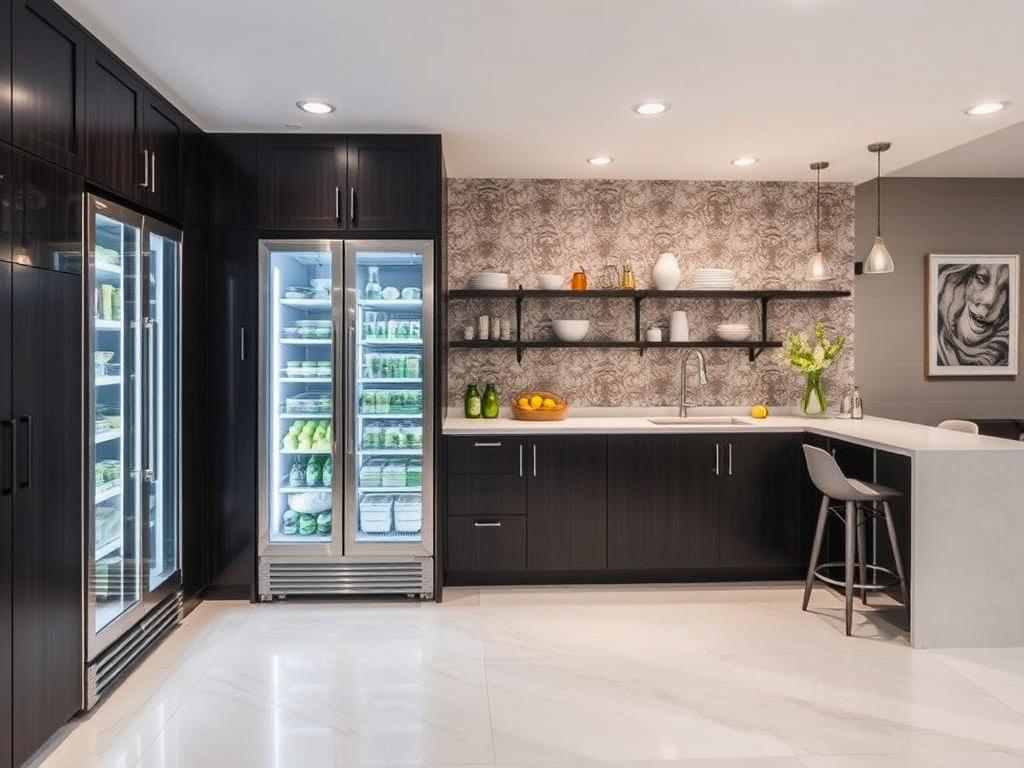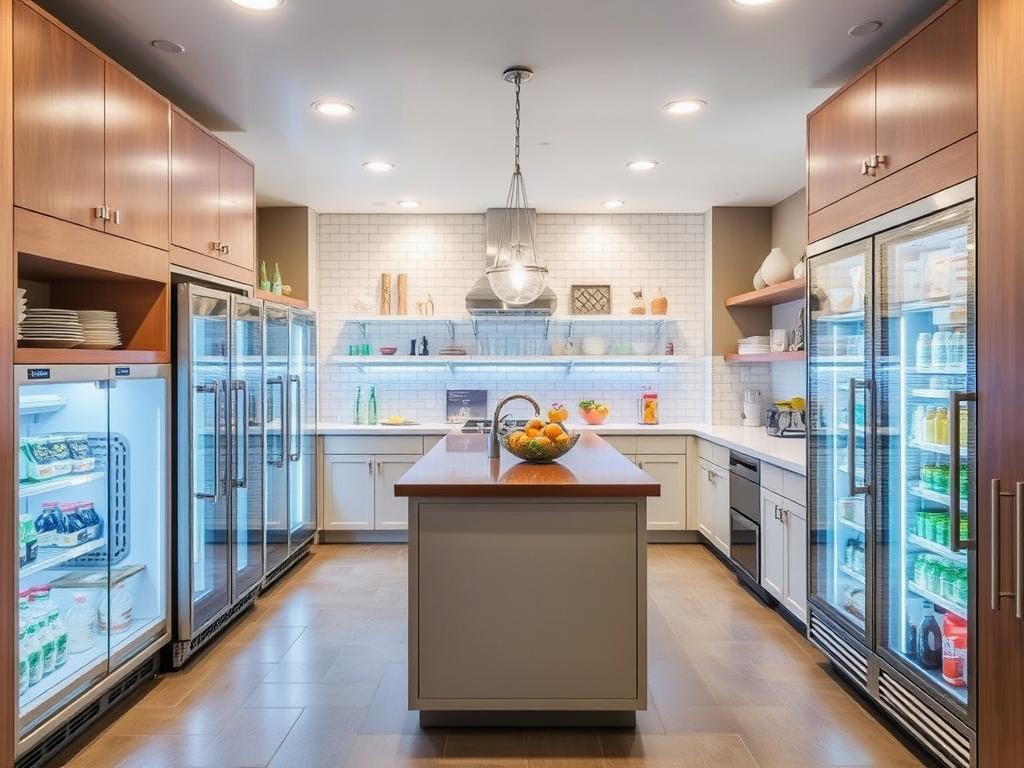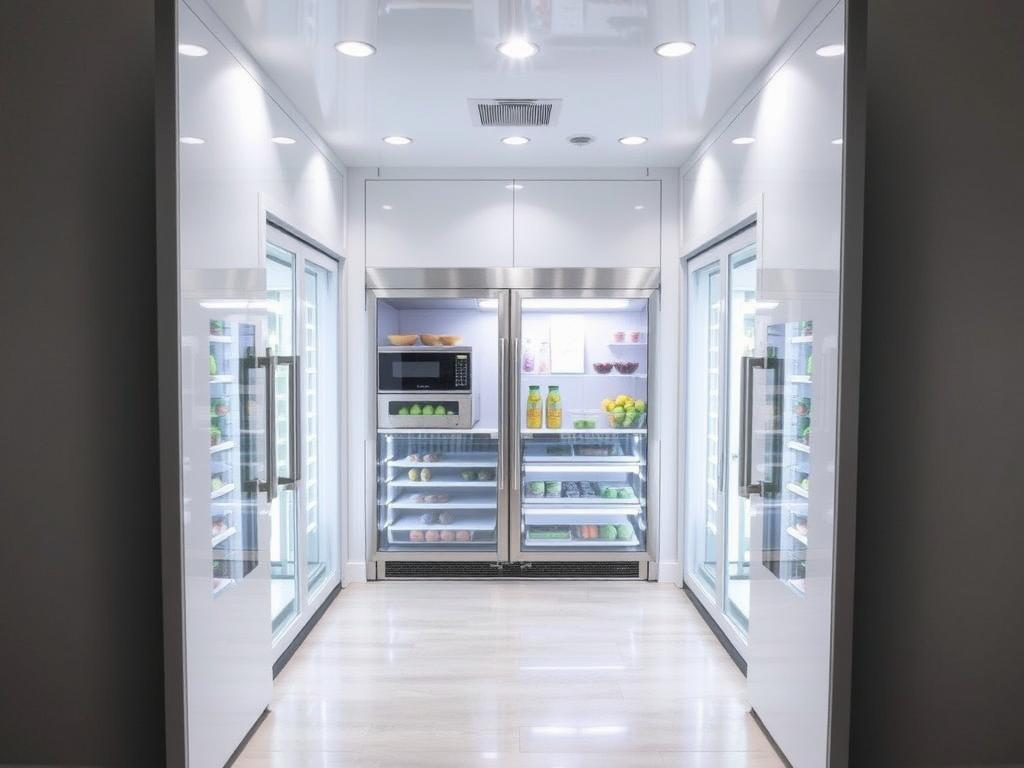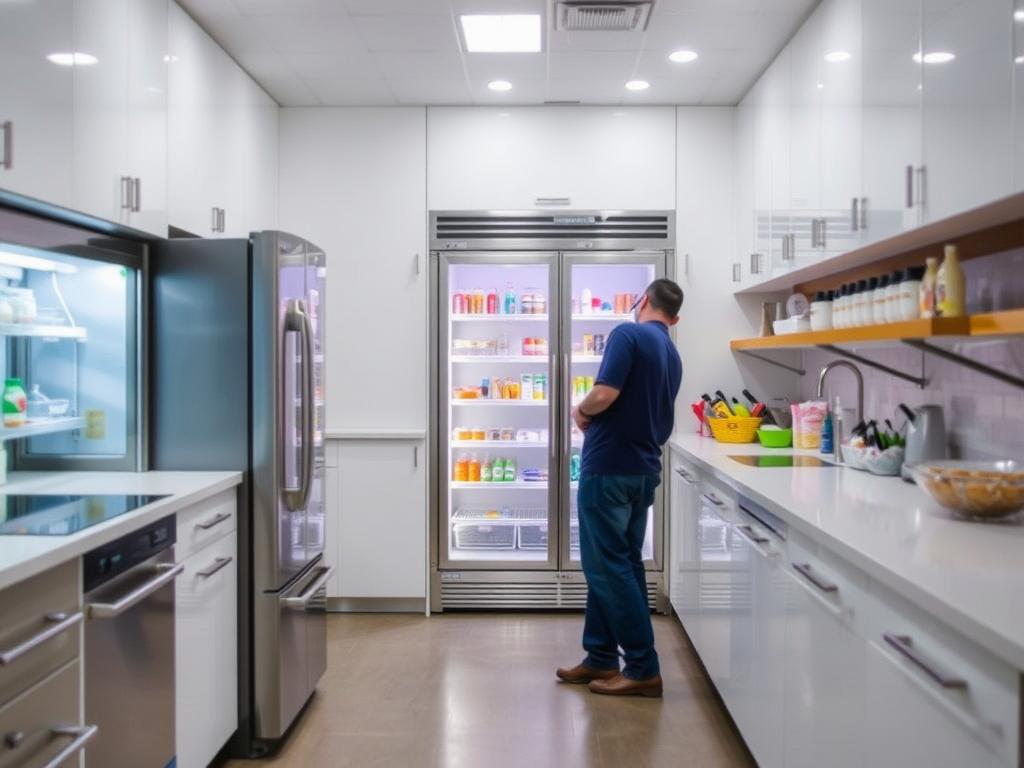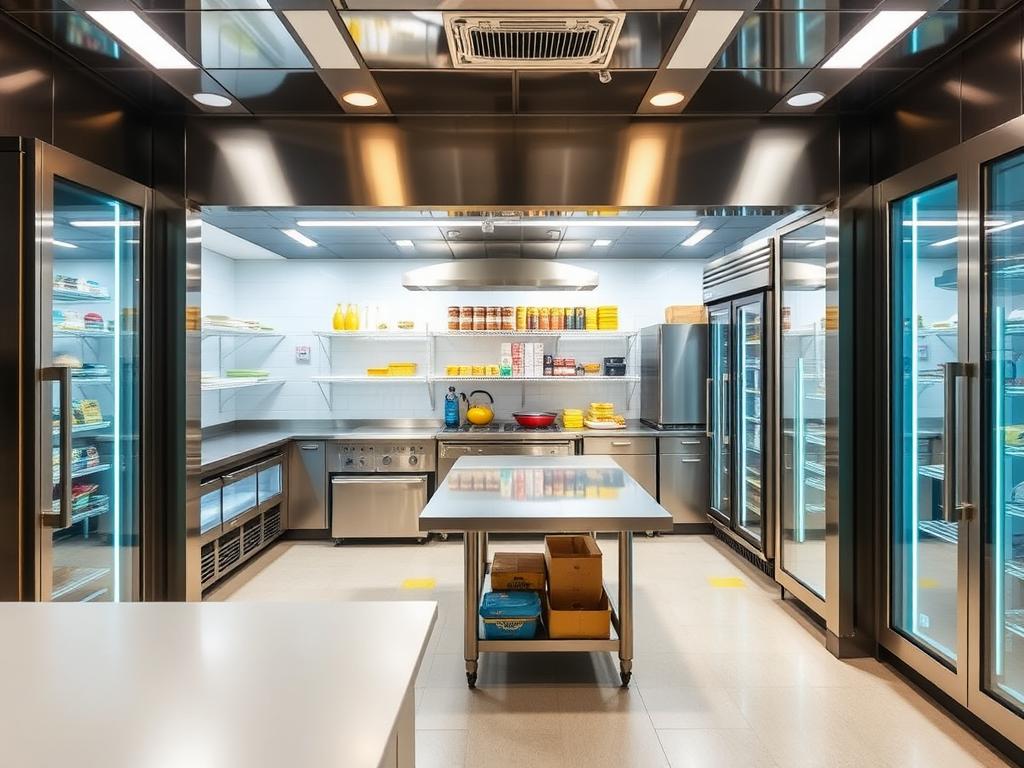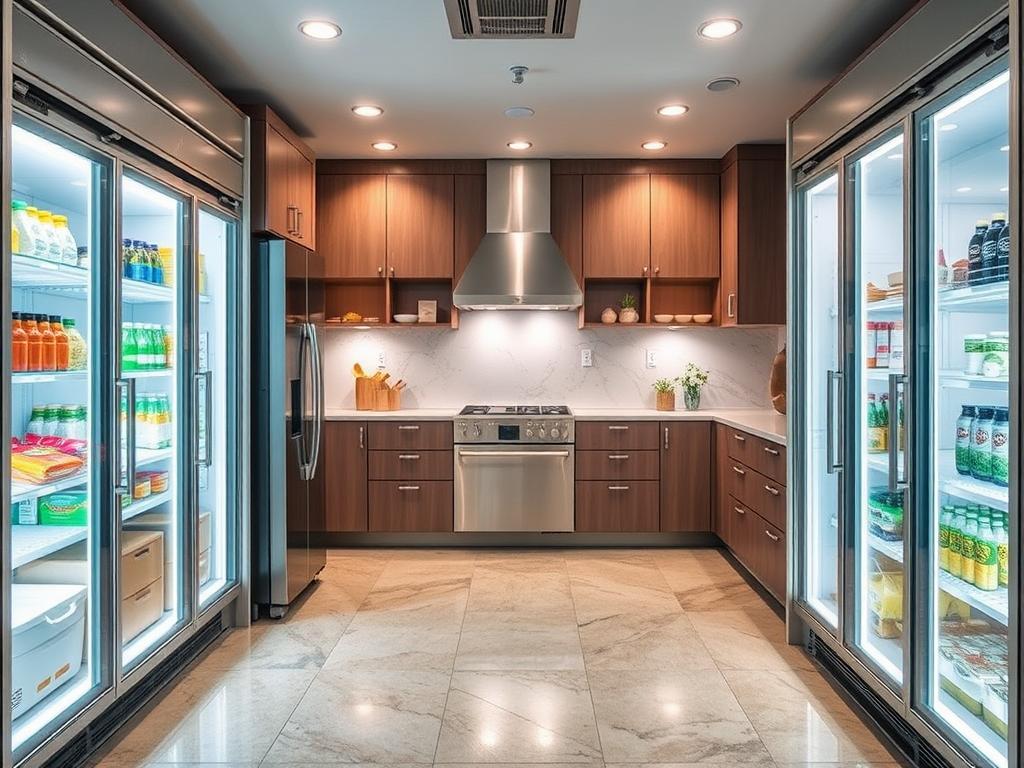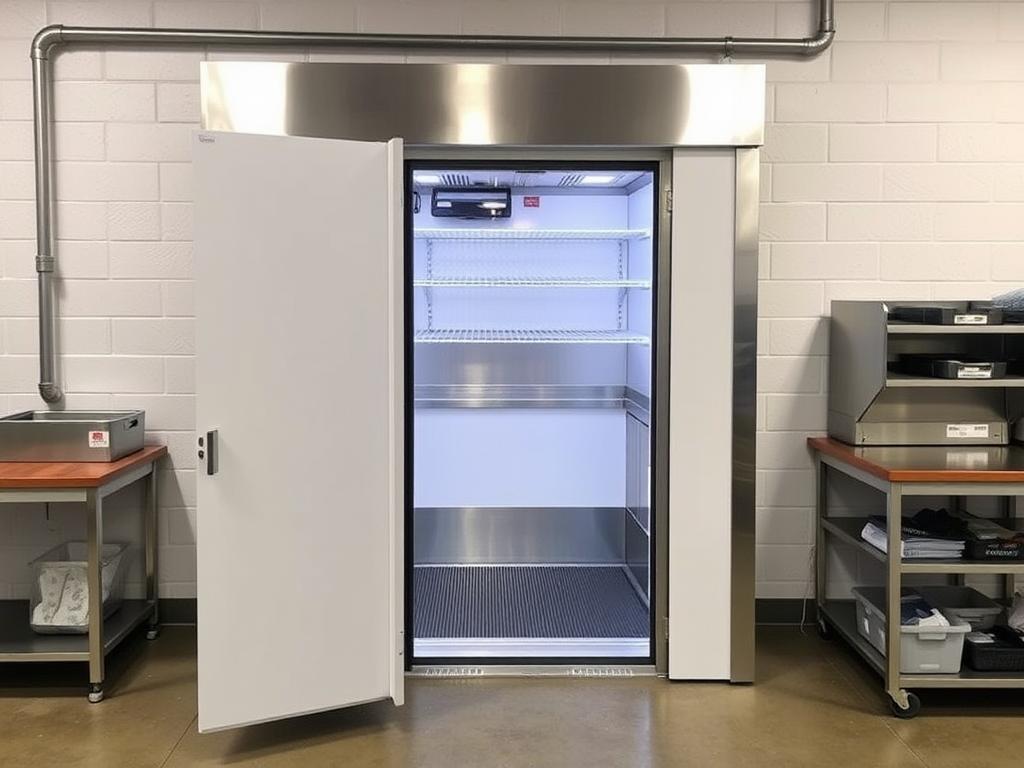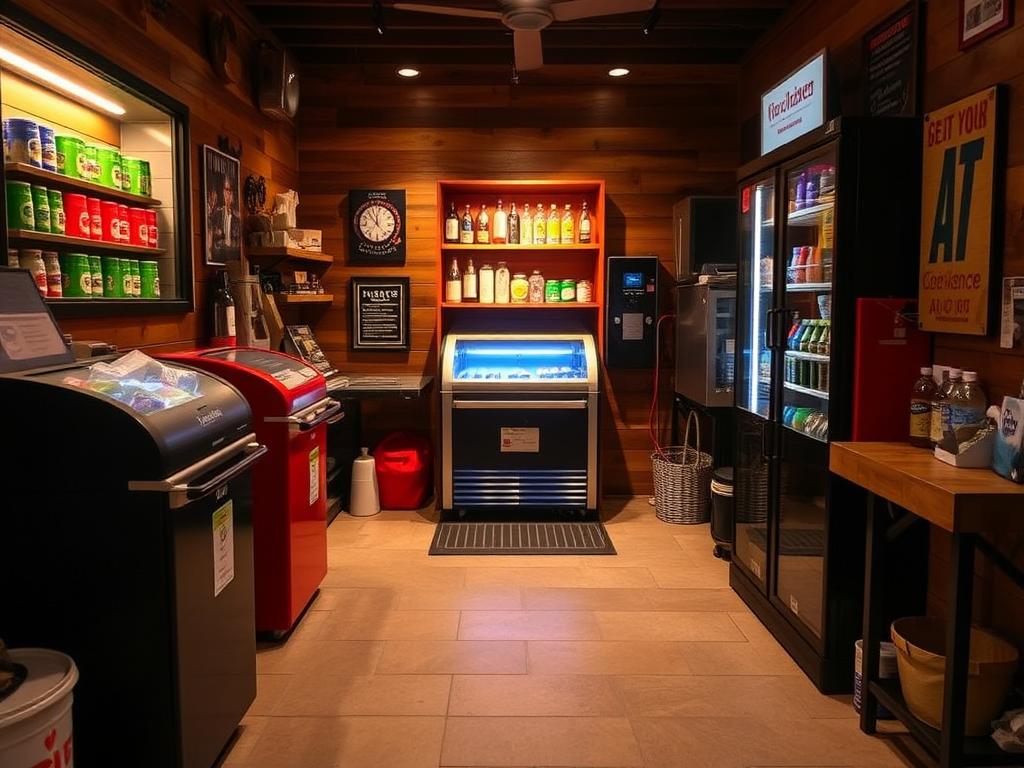Running a successful fast food restaurant isn’t just about having quick service and tasty meals — it’s also about maintaining the right environment for your ingredients. One of the unsung heroes behind the scenes is the walk-in cooler. Think of it as the backbone of your operation, preserving freshness, reducing waste, and helping you serve delicious food every single day. But how do you choose, install, and optimize a walk-in cooler to meet the unique needs of fast food establishments? Keep reading, because we’re about to delve deep into everything you need to know about walk-in coolers for fast food joints.
Why is a Walk-In Cooler Essential for Fast Food Restaurants?
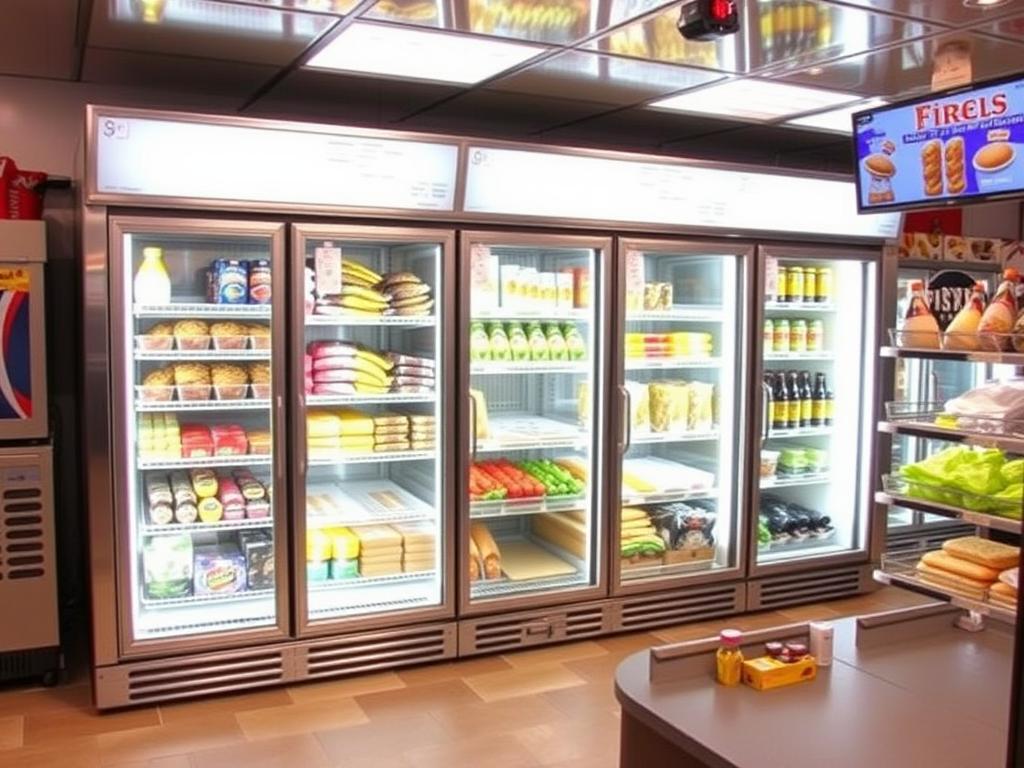
Imagine walking into your favorite fast food spot – whether it’s a burger joint, pizza shop, or sandwich place – and seeing all the fresh ingredients perfectly stored and ready to go. That’s precisely what a walk-in cooler provides. It’s a large, climate-controlled storage space that keeps perishable items like meats, dairy, produce, and beverages at optimal temperatures.
Without a reliable walk-in cooler, your restaurant risks spoilage, increased food costs, and even health code violations. Plus, a well-designed walk-in cooler streamlines your kitchen operations. Staff can easily access ingredients during busy hours, which speeds up prep work and service times. It’s a game changer for quick-service restaurants where efficiency and freshness are king.
Choosing the Right Walk-In Cooler for Your Fast Food Business
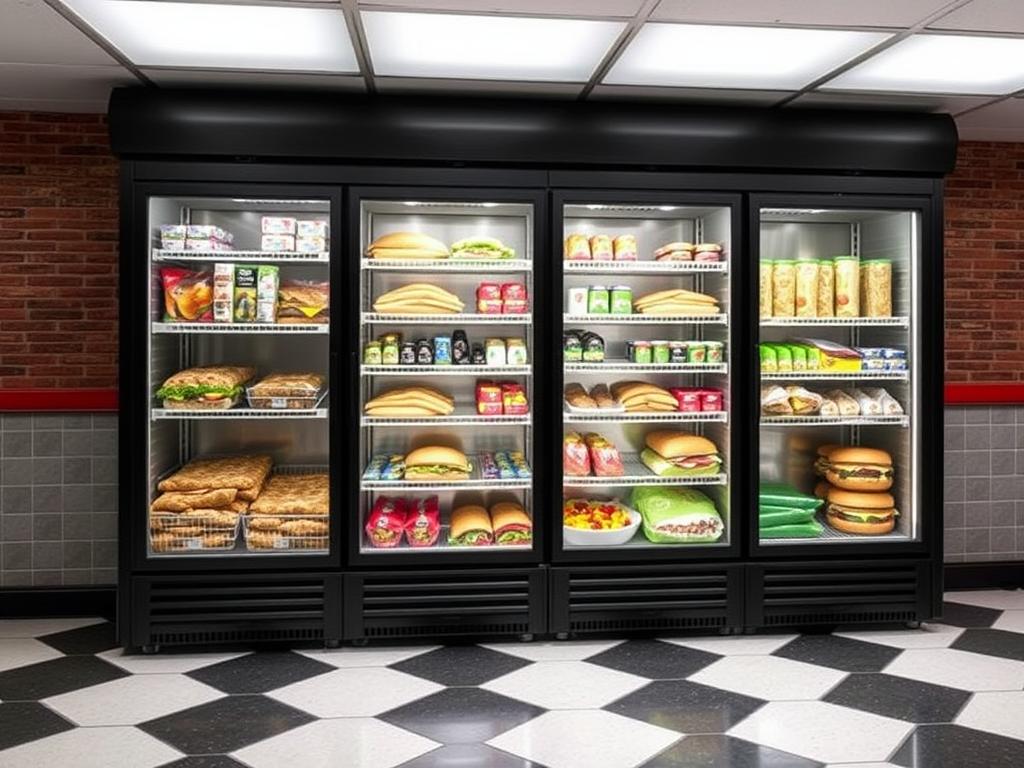
Selecting the right walk-in cooler is about more than just size. It’s about tailoring the unit to your specific operational needs, space constraints, and budget. Here are some key factors to consider:
| Factor | Considerations |
|---|---|
| Size | Assess your storage needs based on current inventory and projected growth. Remember to leave space for easy access and movement. |
| Type | Standard walk-in vs. reach-in coolers; for larger operations, a walk-in is usually better. |
| Insulation | High-quality insulation helps maintain temperature and reduces energy costs. |
| Door Type | Sliding doors save space; swing doors are easier to operate but need more room. |
| Energy Efficiency | Look for units with Energy Star ratings to save on electricity bills over time. |
Remember, investing in a quality unit upfront pays off with durability, lower maintenance costs, and consistent performance.
Installation Tips for a Fast Food Walk-In Cooler
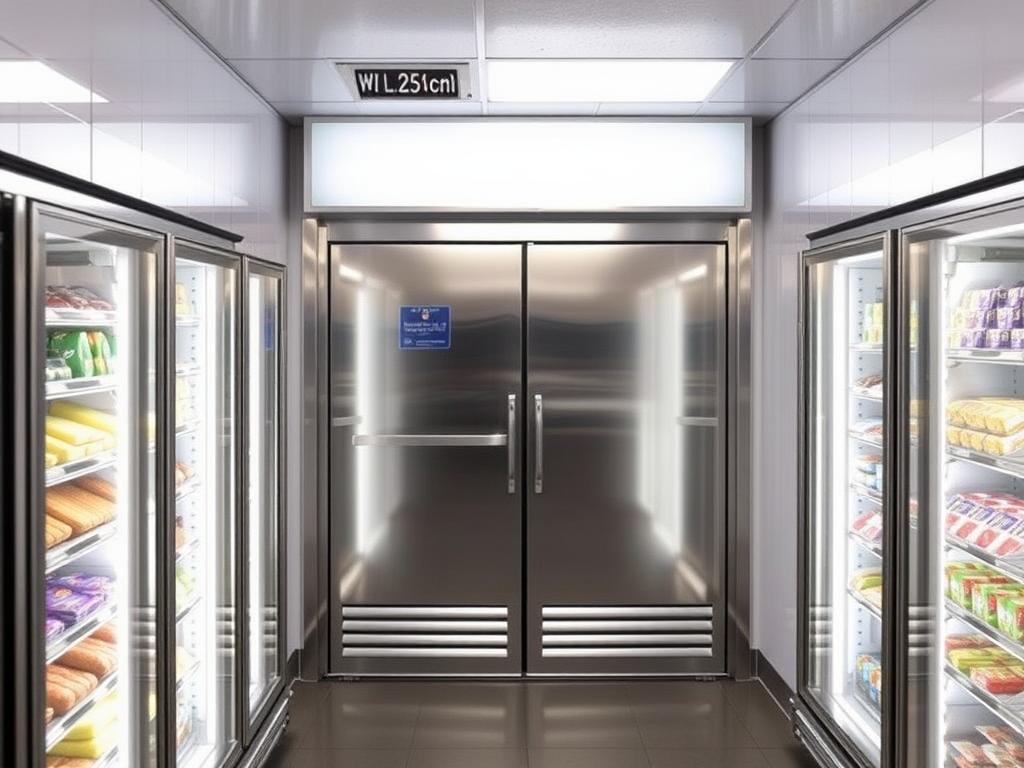
Once you’ve chosen your perfect cooler, its installation is crucial for optimal performance. Partnering with experienced professionals can make all the difference. Here are some tips for a smooth setup:
1. Site Preparation
Ensure your space has a solid, level foundation. Clear the area of debris and make sure there’s enough room for door clearance and maintenance access. Proper drainage and ventilation are also critical.
2. Proper Insulation and Sealing
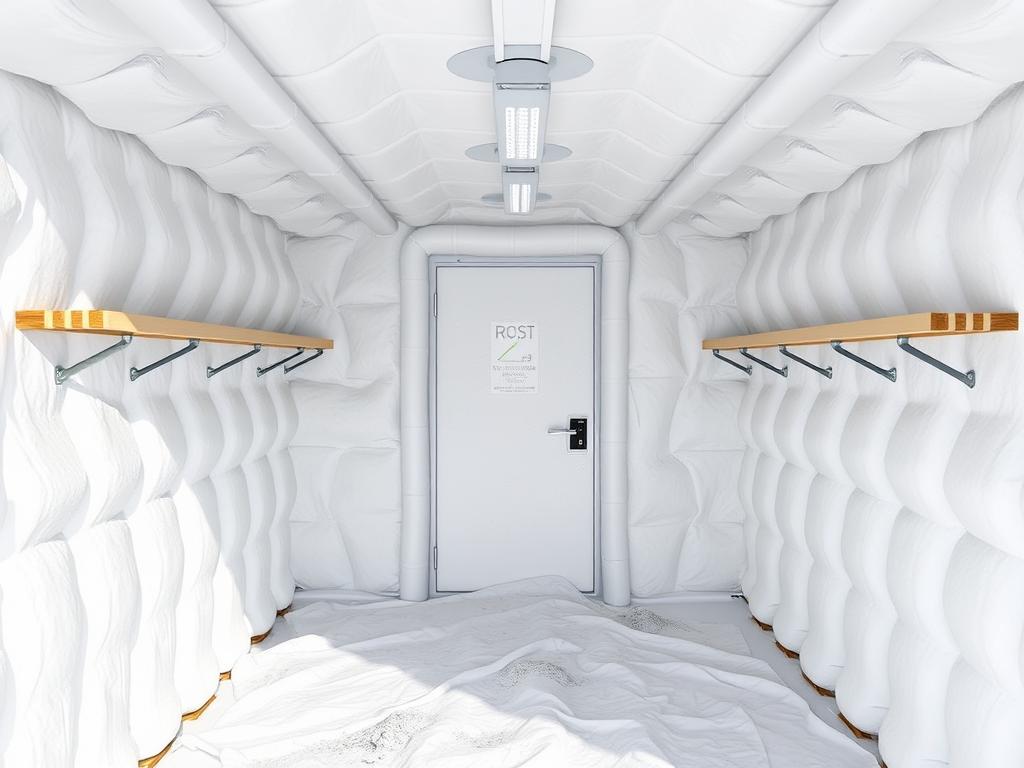
Sealing all joints and gaps prevents warm air from entering, which is essential for maintaining tight temperature control. Double-check insulation quality, especially around door frames.
3. Electrical and Refrigeration Connections
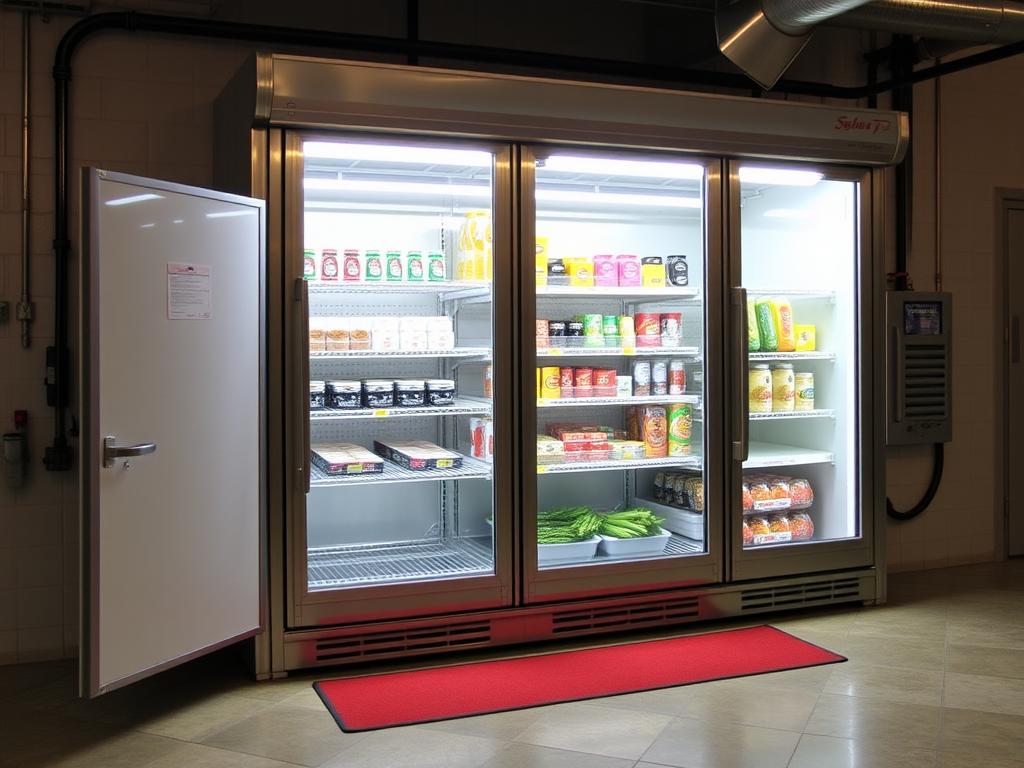
Hire licensed electricians to handle wiring and ensure the refrigeration system is correctly installed. Proper setup minimizes breakdowns and energy wastage.
Optimizing Walk-In Cooler Usage for Fast Food Success
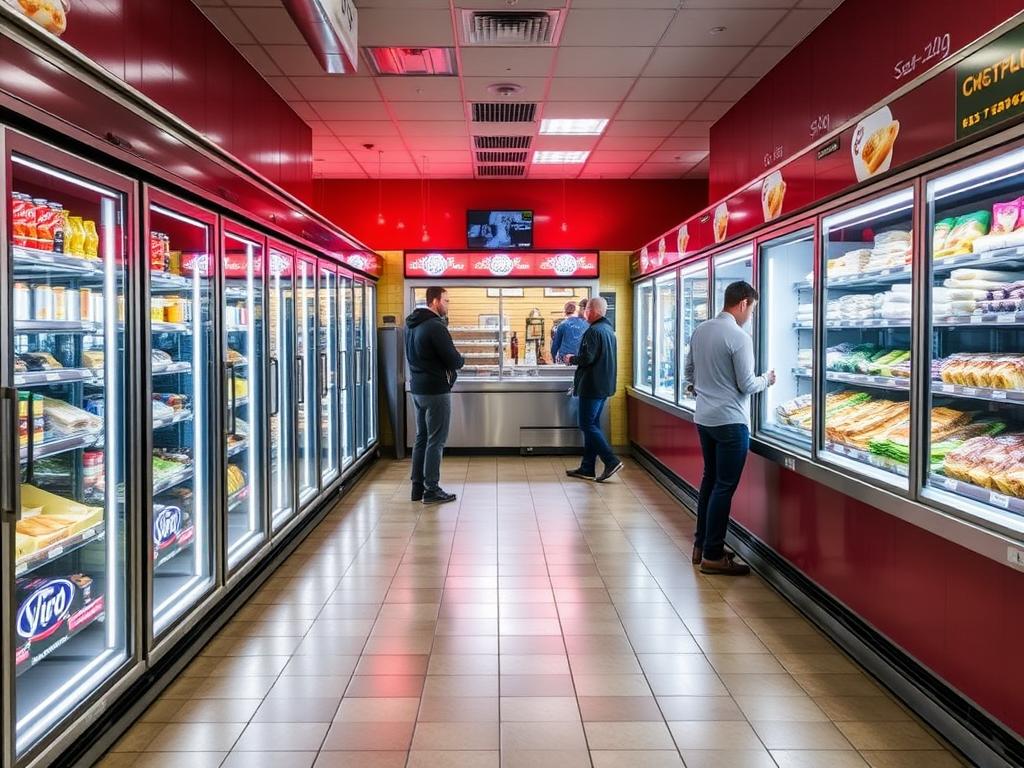
Having a walk-in cooler isn’t enough; you need to use it effectively. Here’s how:
- Organize items systematically — group produce, meats, dairy, beverages in designated zones.
- Implement First-In, First-Out (FIFO) inventory system to reduce waste and keep ingredients fresh.
- Keep the cooler clean and regularly check for spoiled items or leaks.
- Monitor temperature settings daily to ensure uniform cooling.
Adopting these practices not only prolongs the lifespan of your cooler but also ensures safety and quality for your customers.
Cost and Maintenance Considerations
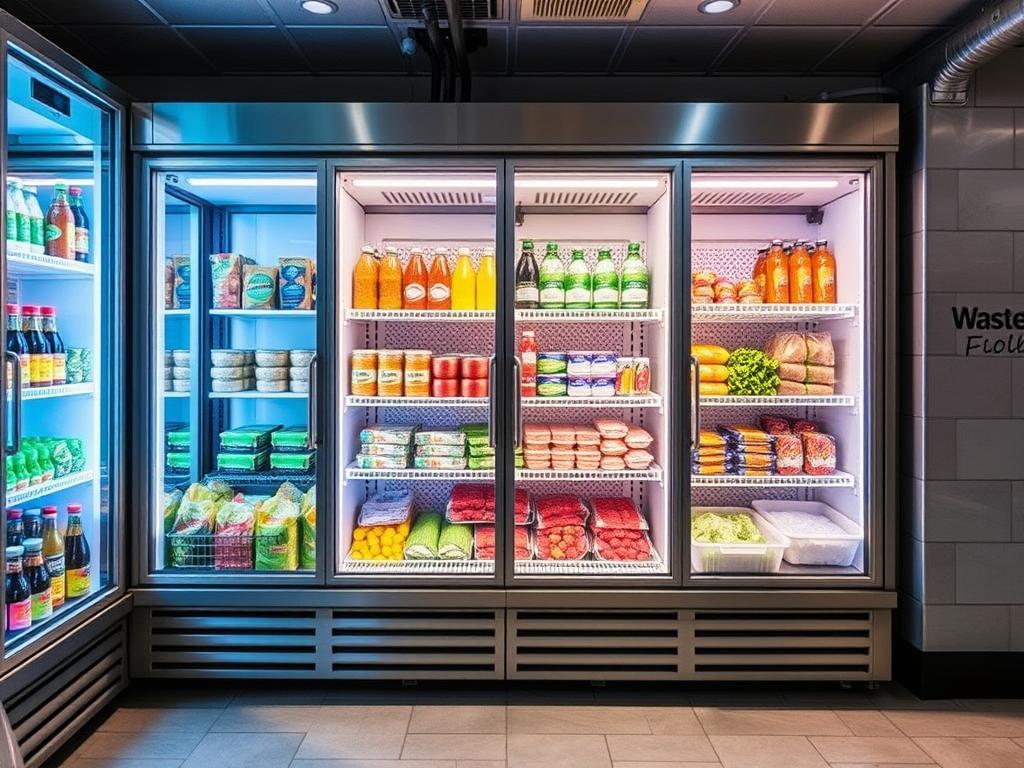
While walk-in coolers are indispensable, they come with maintenance costs. Regular cleaning, coil defrosting, and filter checks prevent costly breakdowns. Budgeting for routine service and unexpected repairs is smart.
Here’s a quick look at typical costs:
| Item | Approximate Cost Range |
|---|---|
| Initial Installation | $5,000 – $20,000 |
| Annual Maintenance | $500 – $1,500 |
| Major Repairs | Variable; can be $1,000+ depending on issue |
Choosing energy-efficient units might have higher upfront costs but will save money long-term through lower utility bills and less frequent repairs.
Conclusion
A walk-in cooler is more than just a storage space — it’s a vital piece of your fast food restaurant’s puzzle. The right cooler helps you keep ingredients fresh, streamline operations, cut costs, and serve your customers better. From selecting the perfect size and features to proper installation and daily management, every detail matters. Investing in a high-quality, well-maintained walk-in cooler is an investment in the future success and reputation of your business.
No matter how big or small your operation, ensuring your walk-in cooler is optimized will give you a competitive edge. Embrace the latest technology, focus on organization, and don’t skimp on maintenance. Your ingredients, staff, and customers will thank you for it.
#FastFoodCleanliness #KitchenEfficiency #WalkInCoolerTips #FoodSafety #RestaurantDesign #KitchenUpgrade #FoodServiceSolutions #FreshnessMatters
